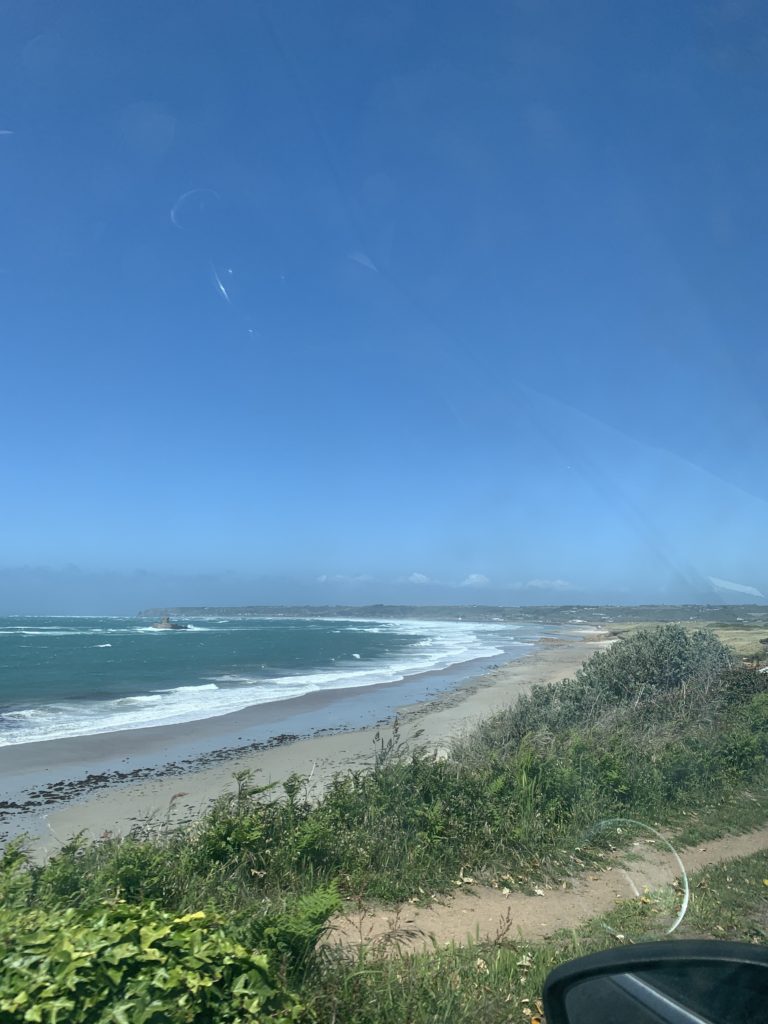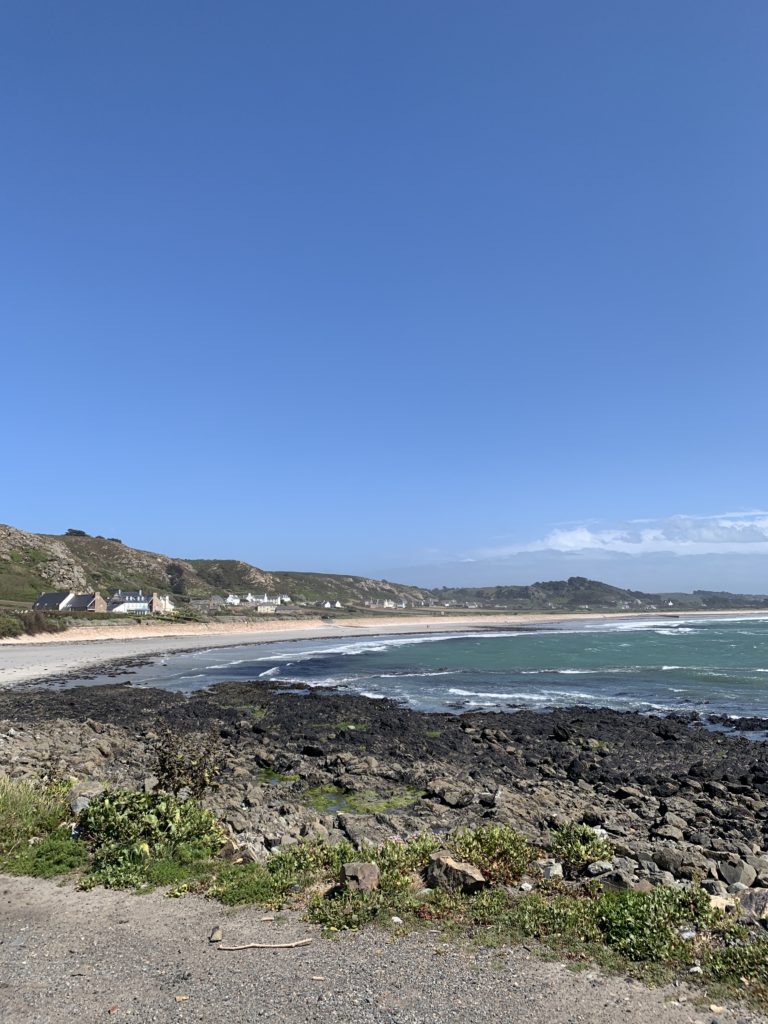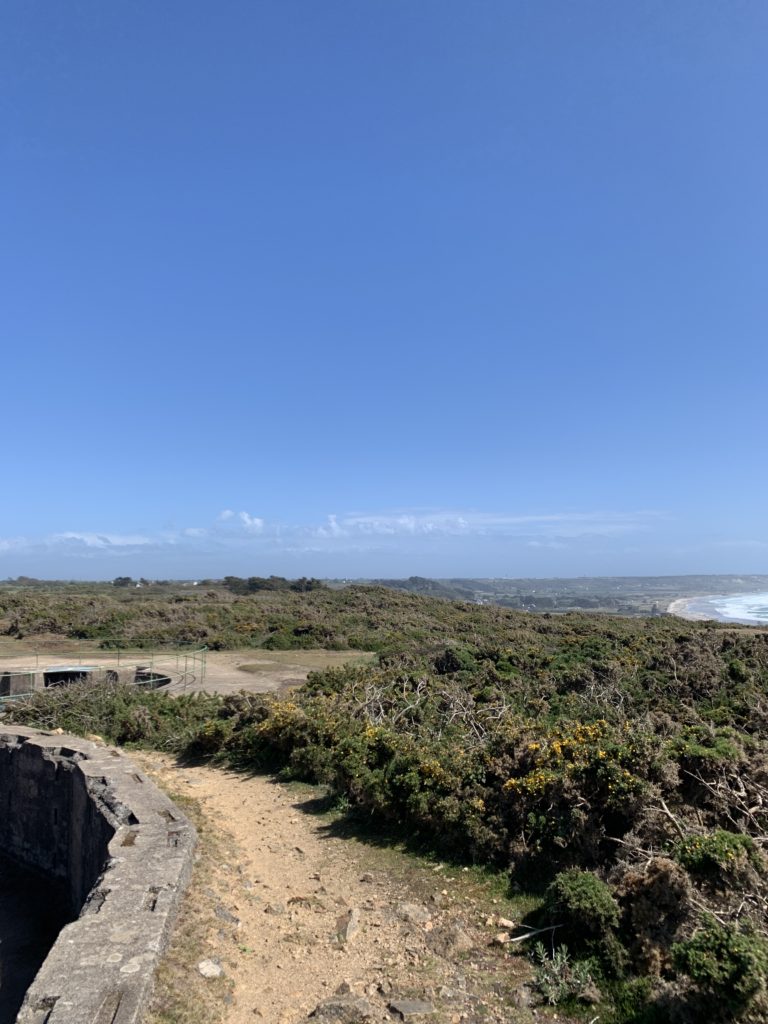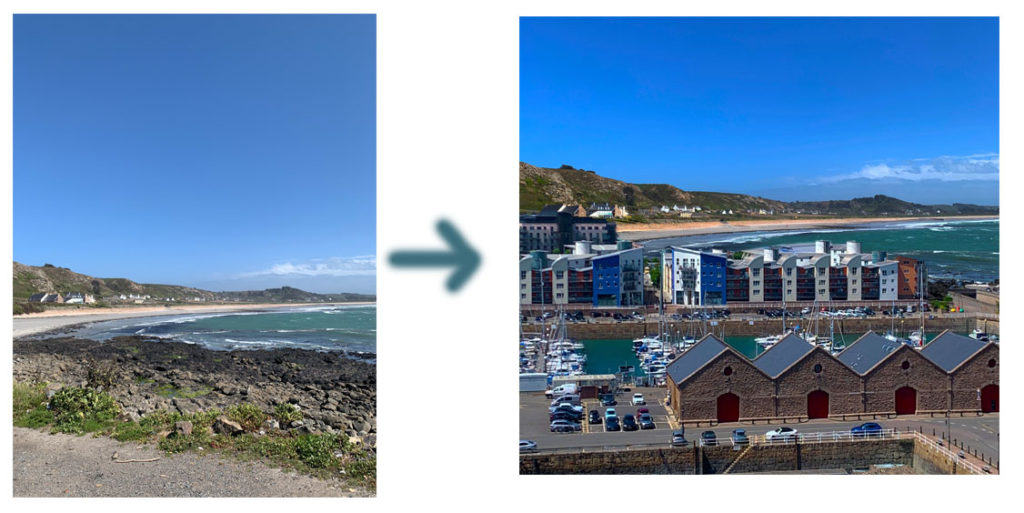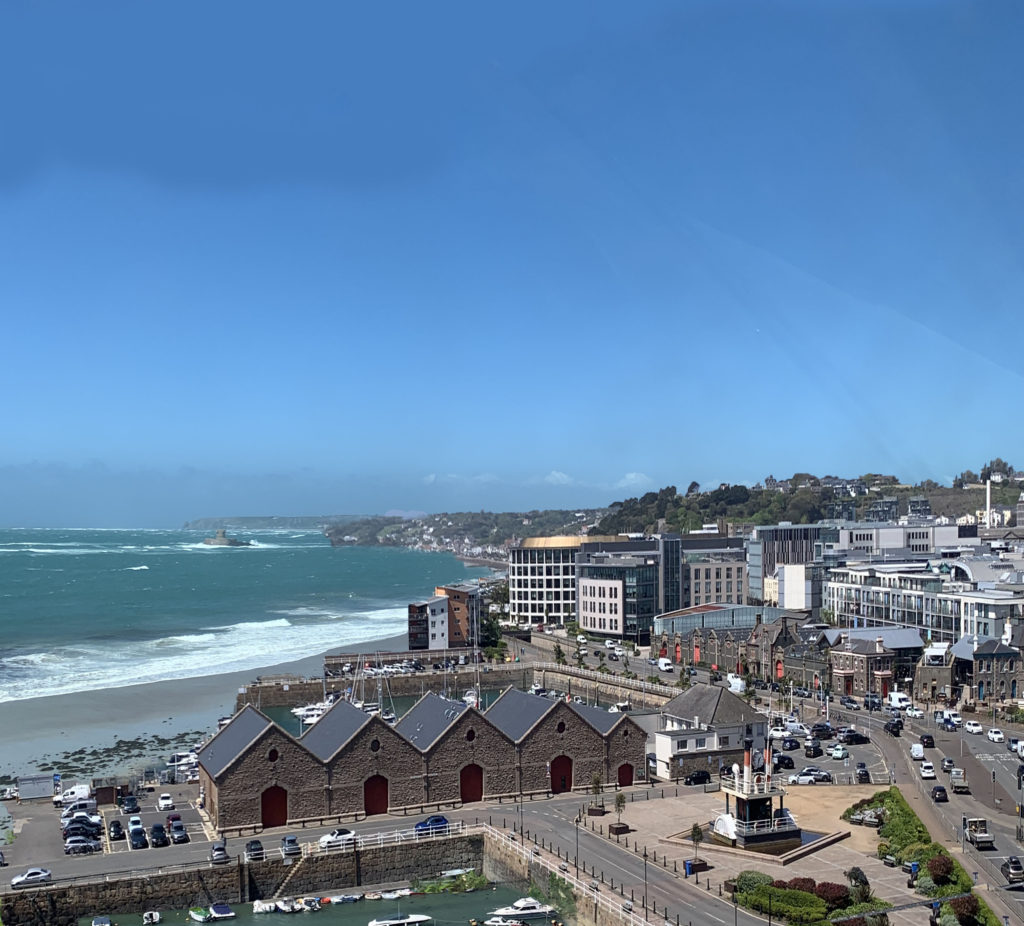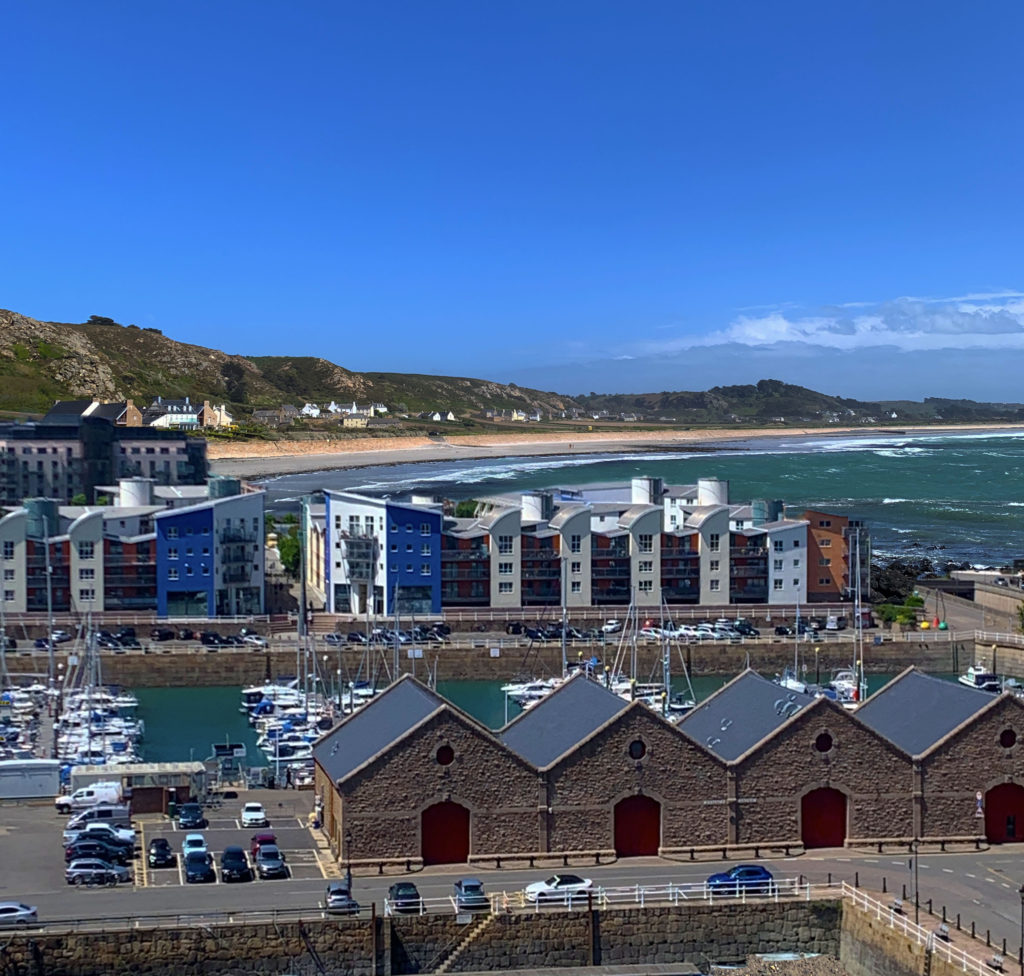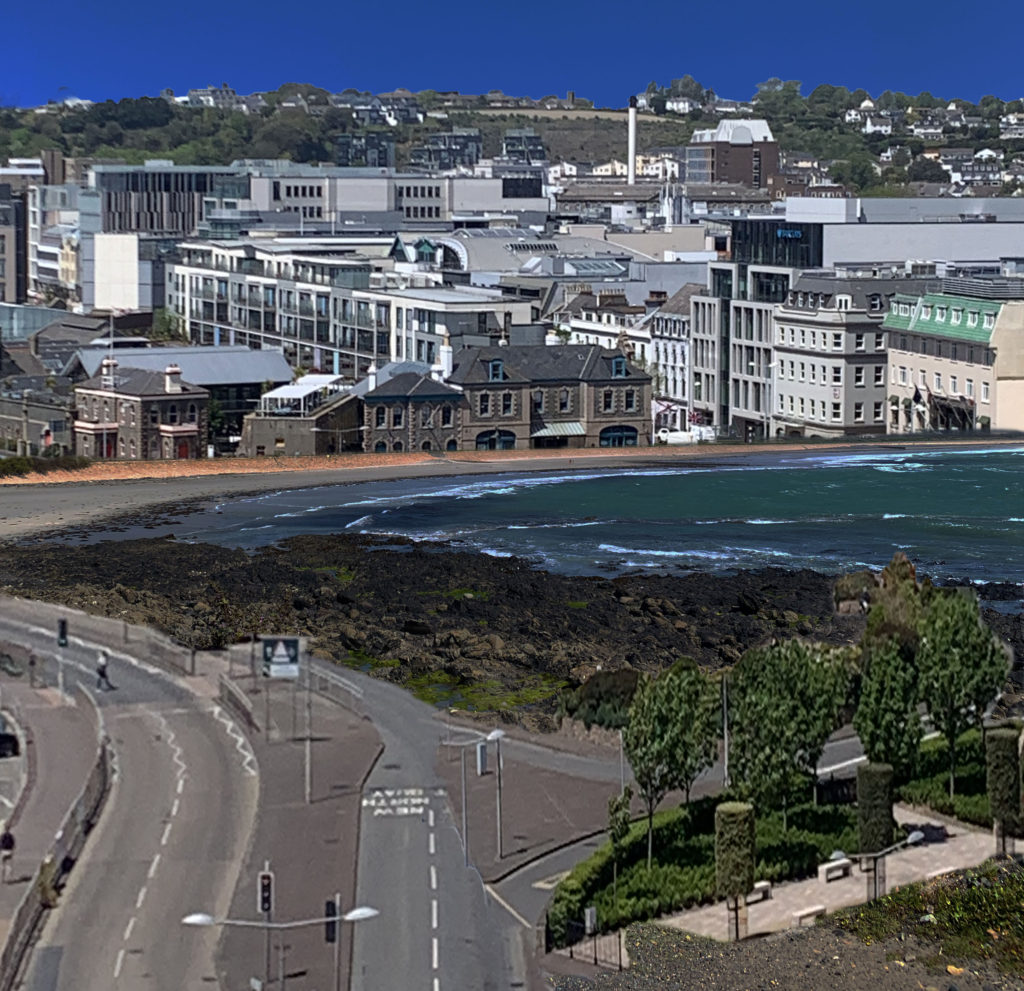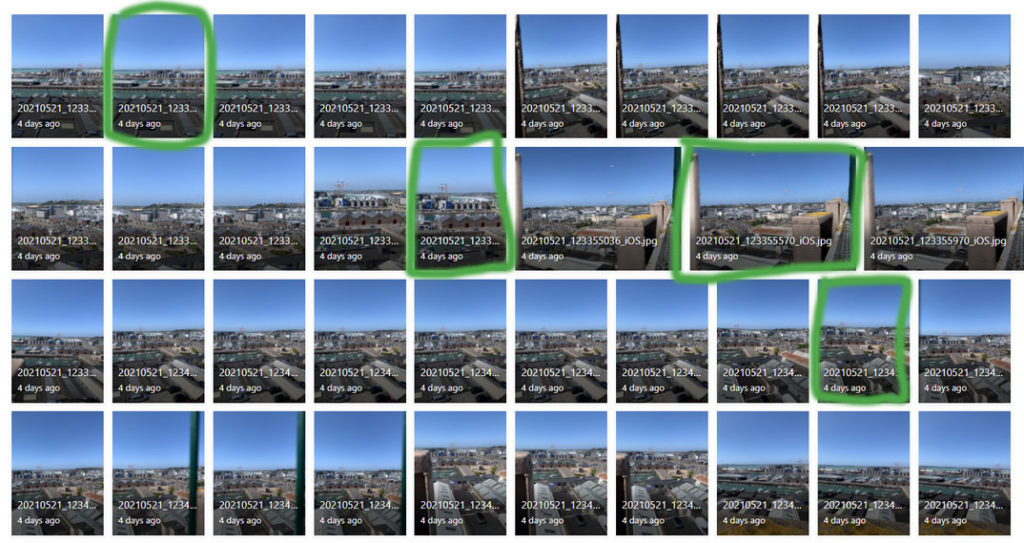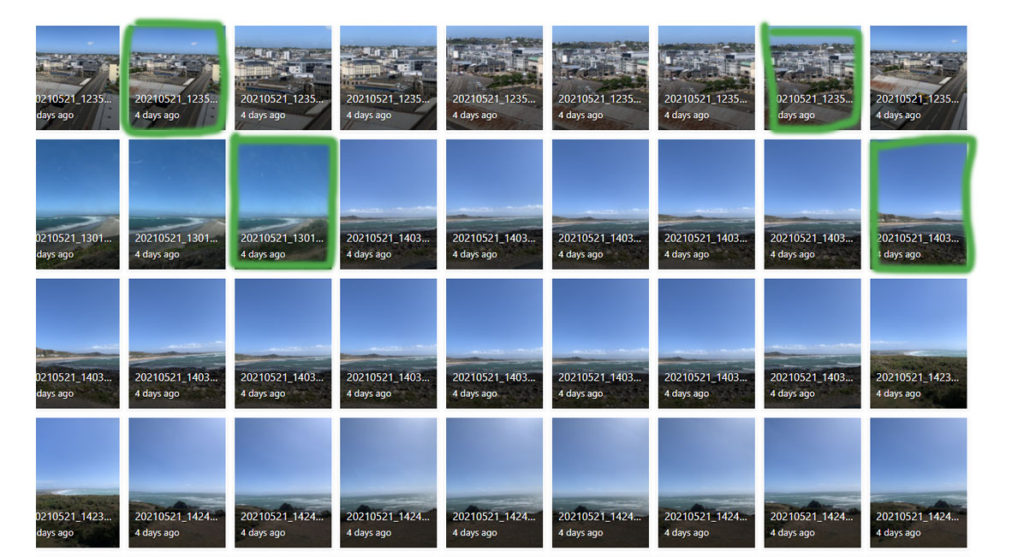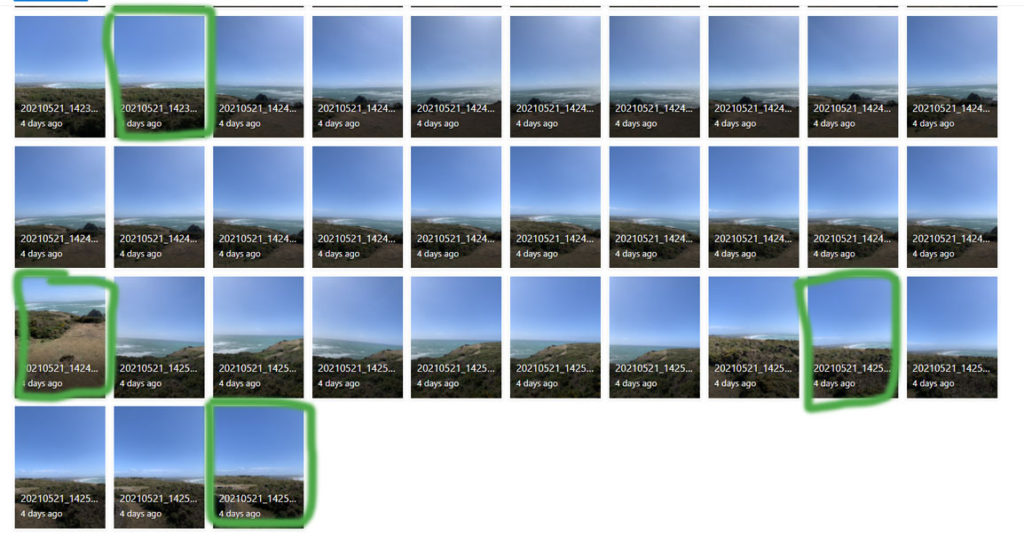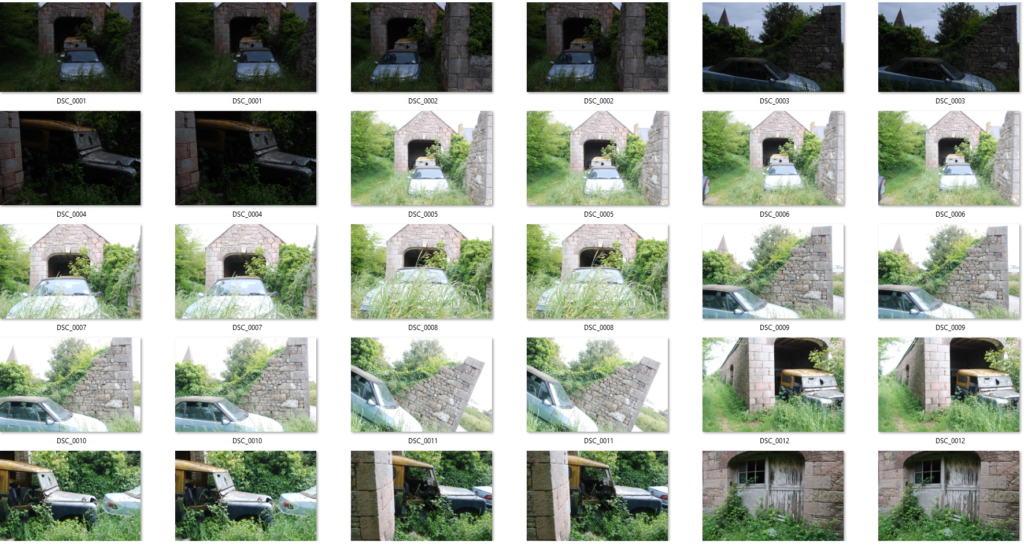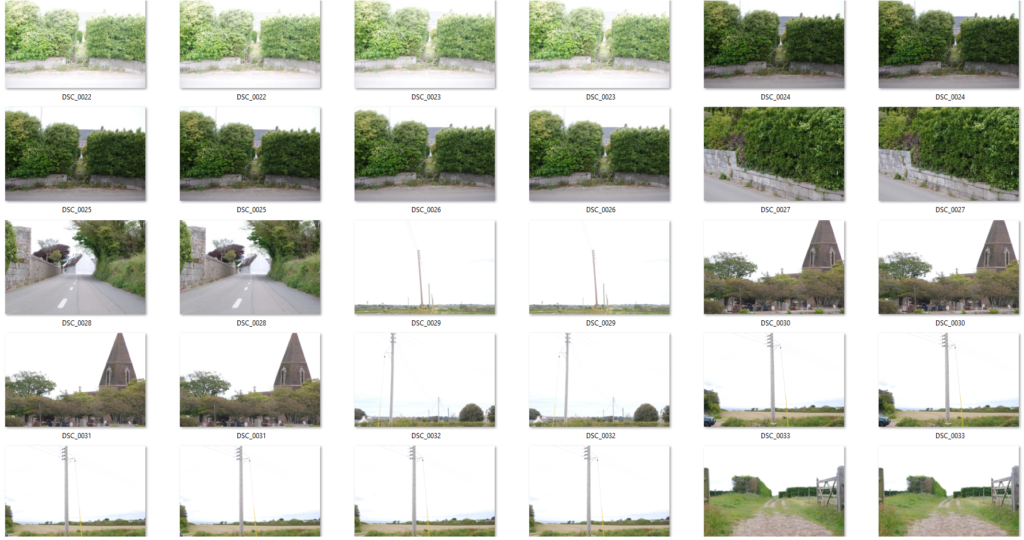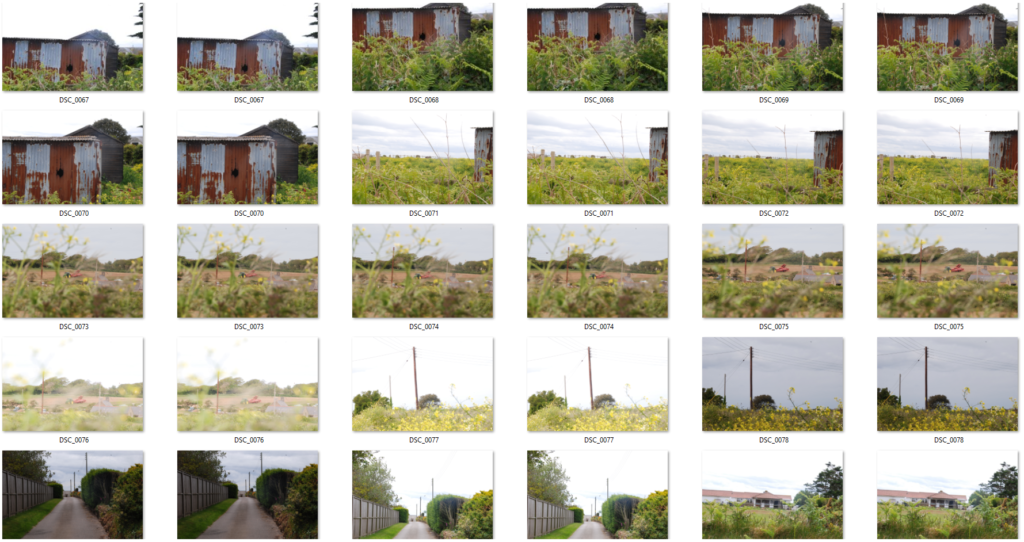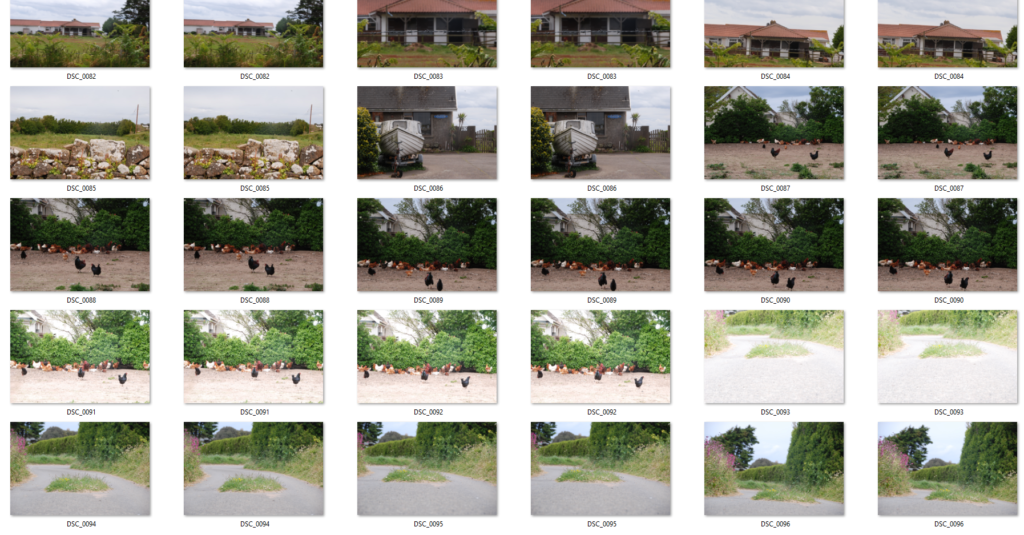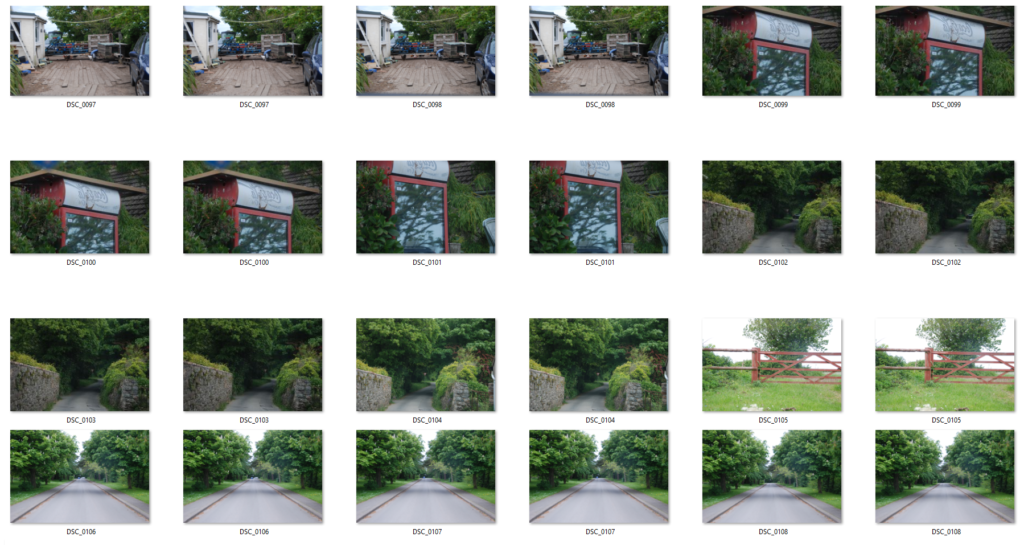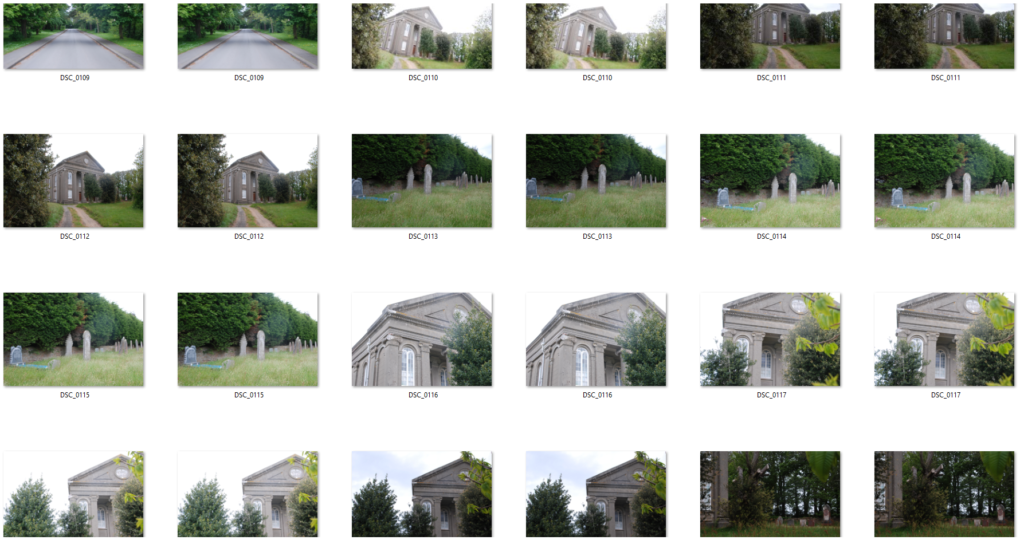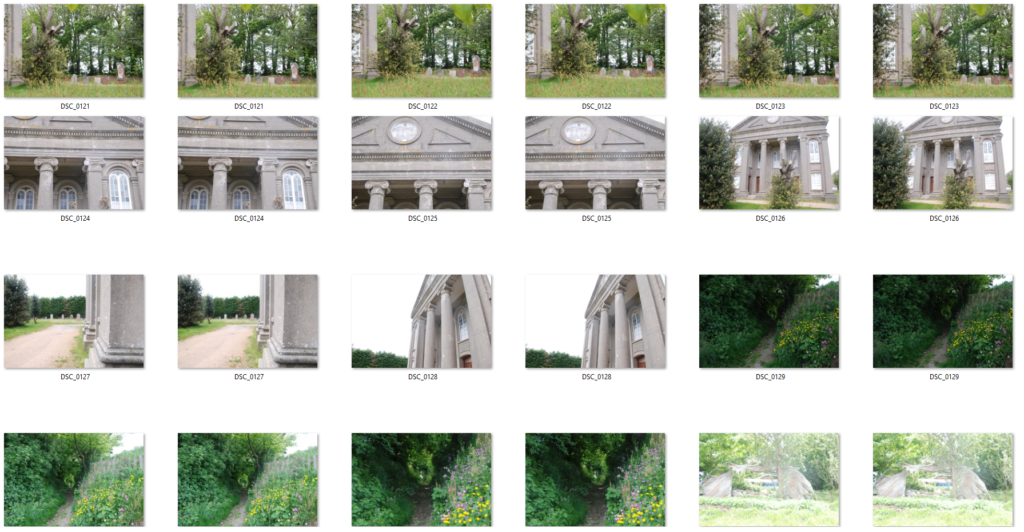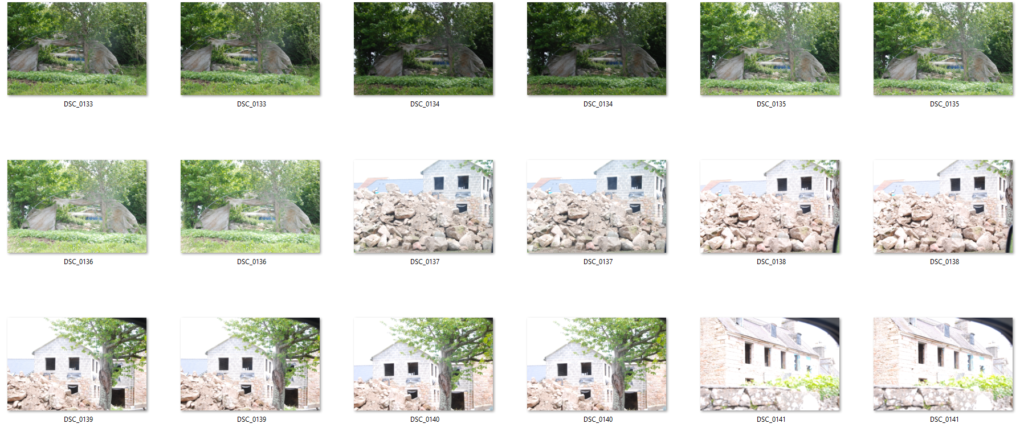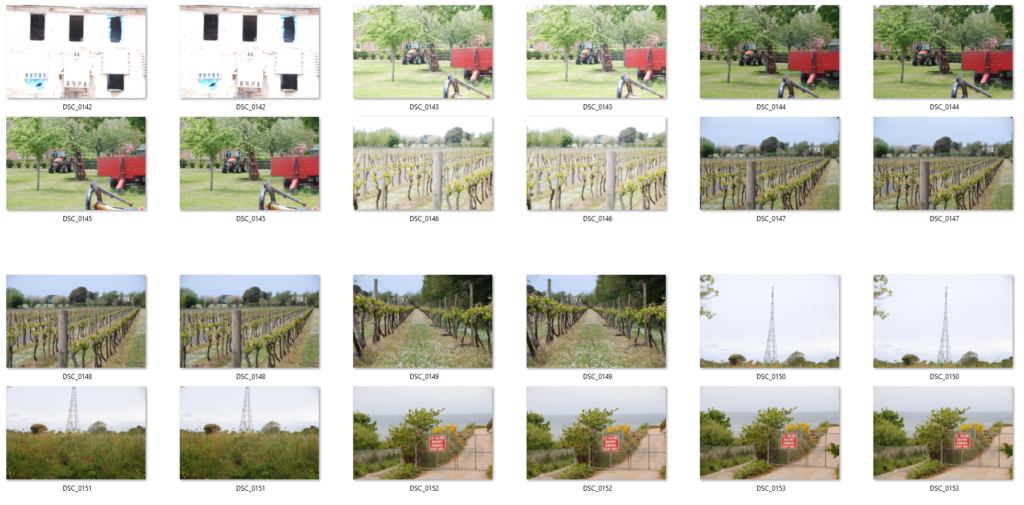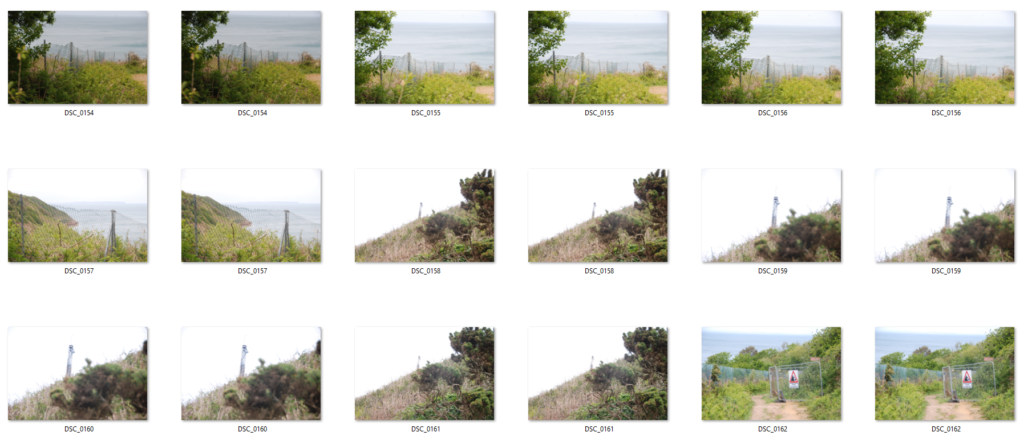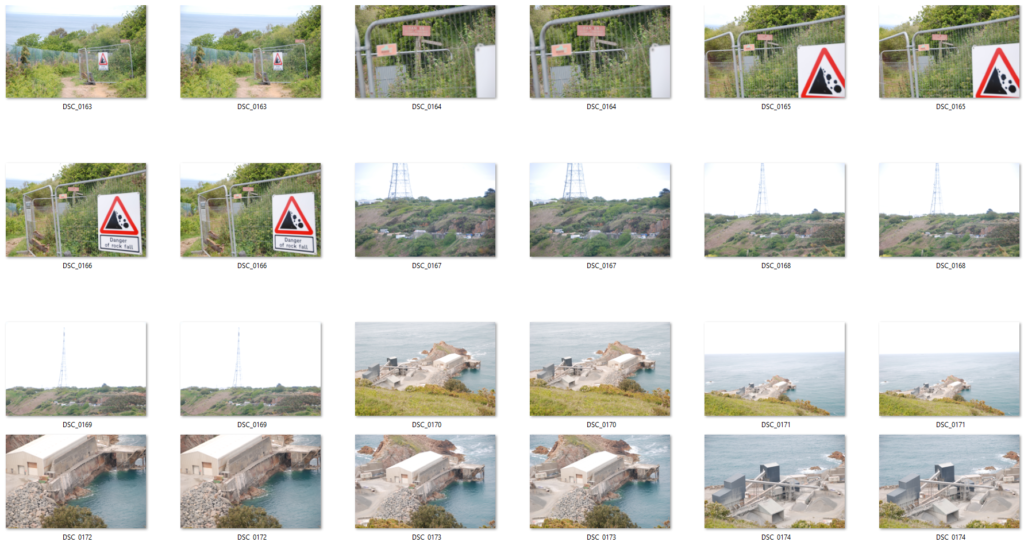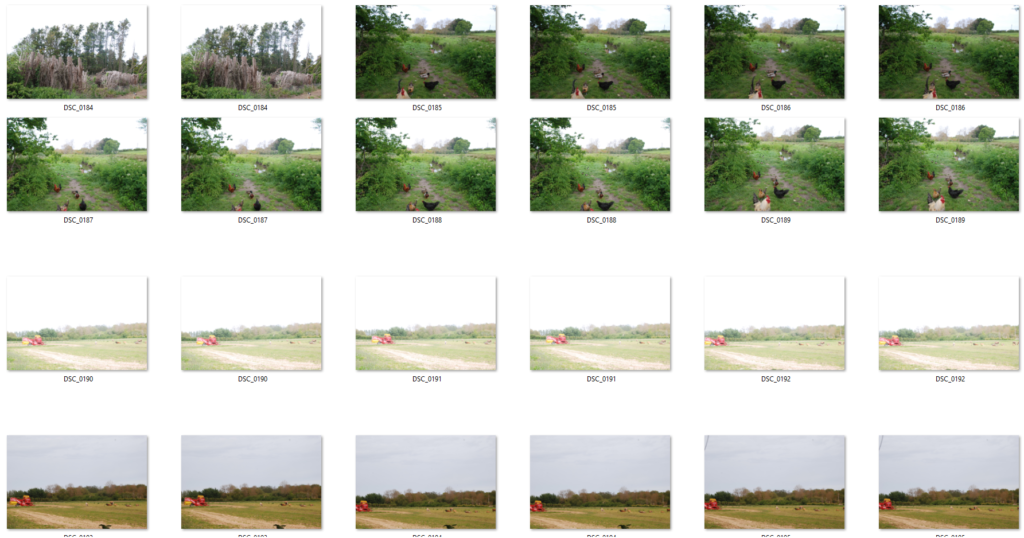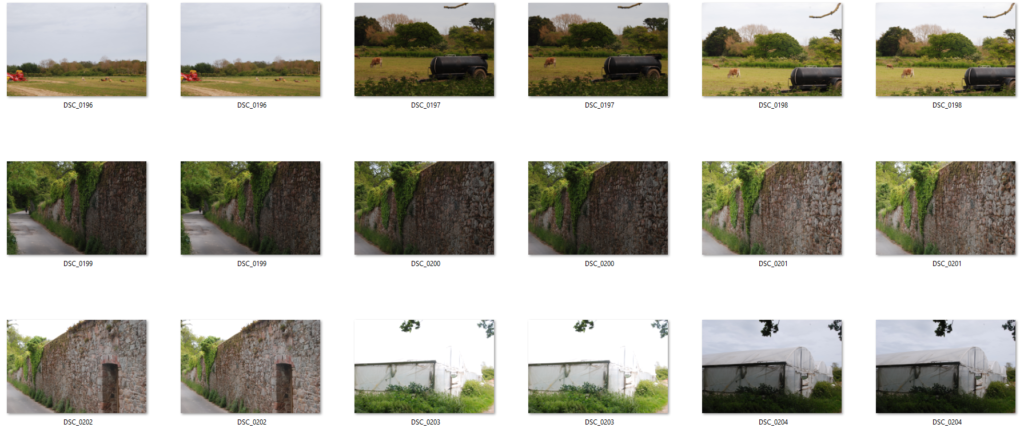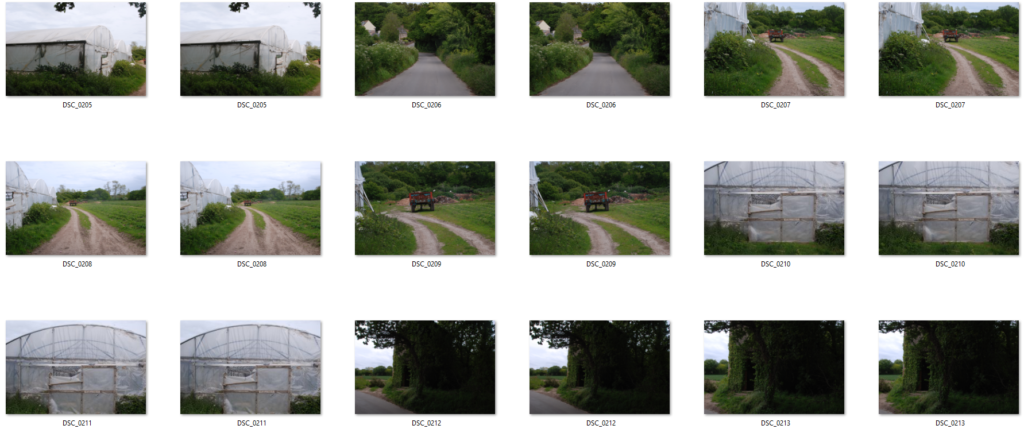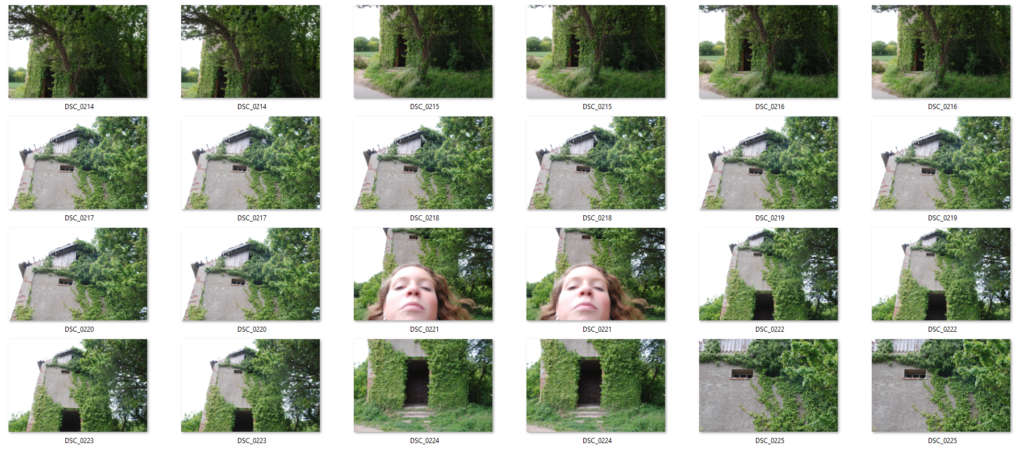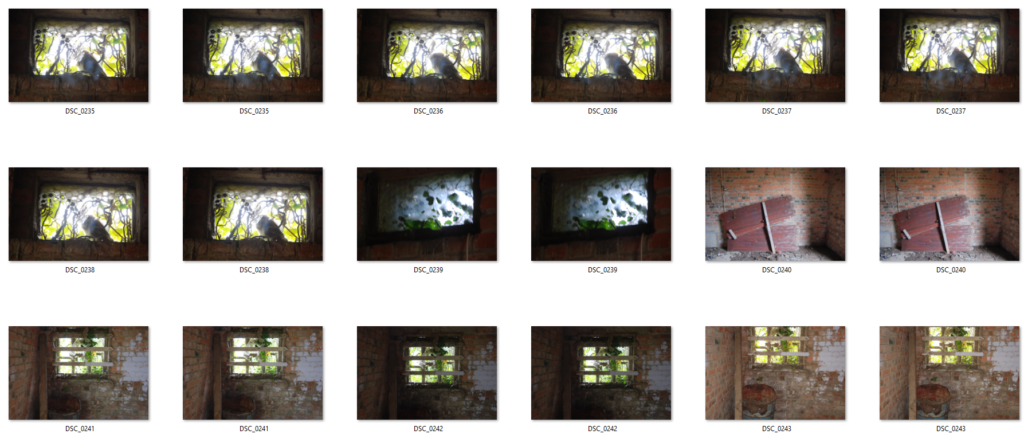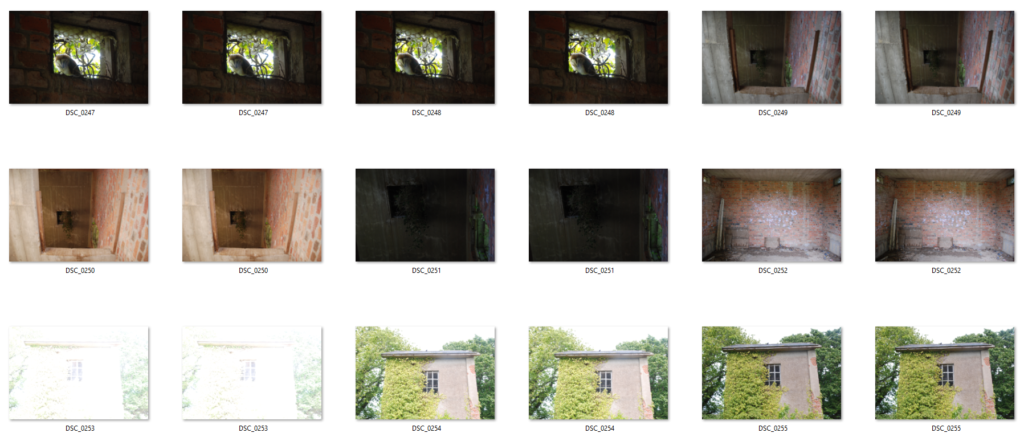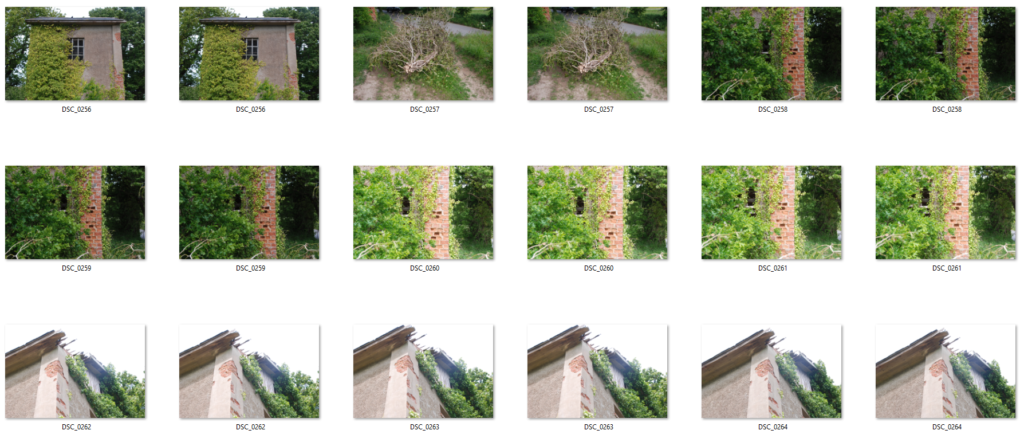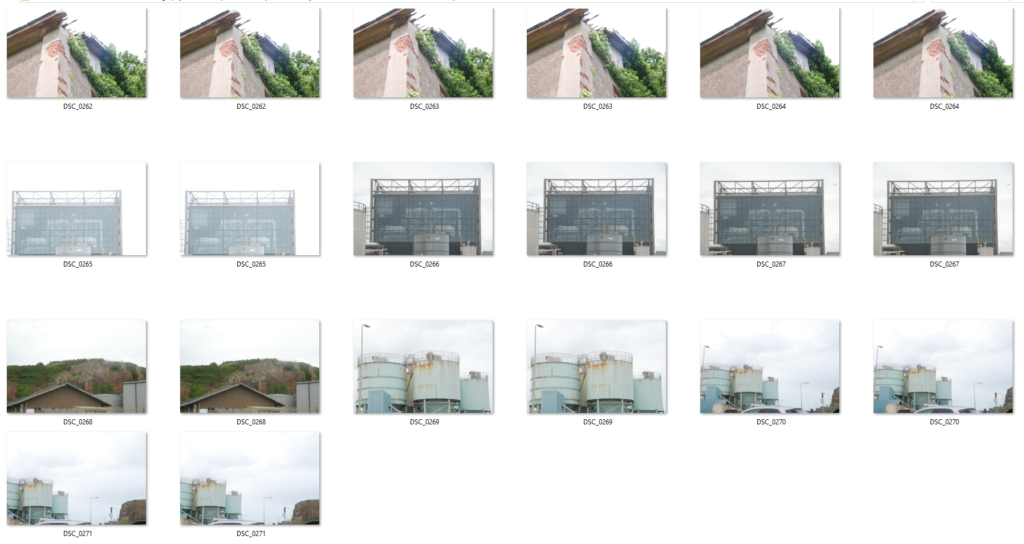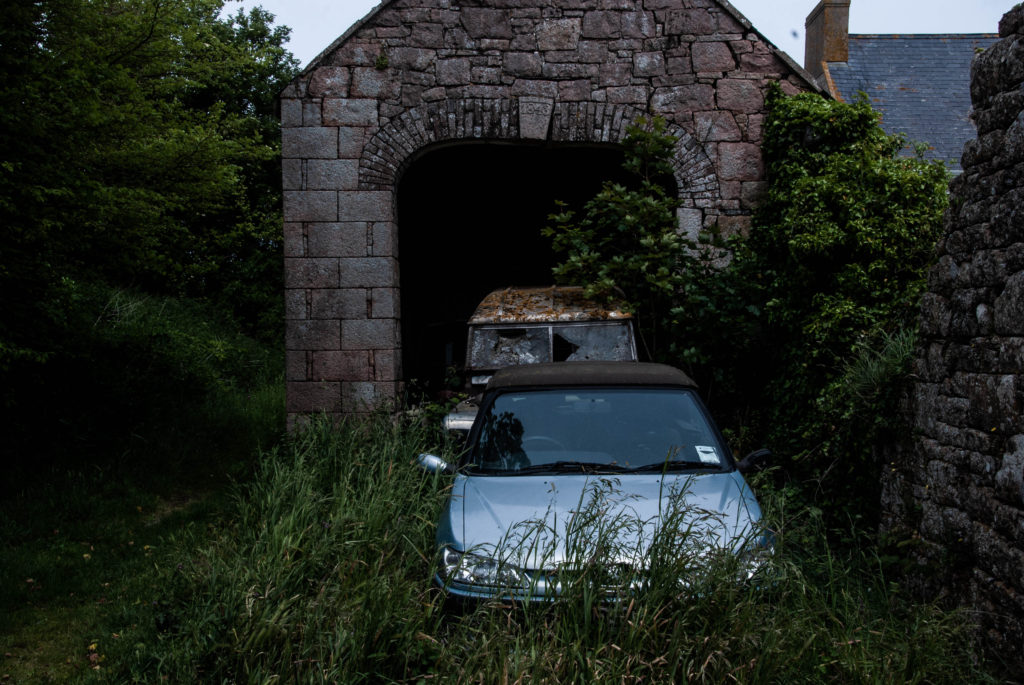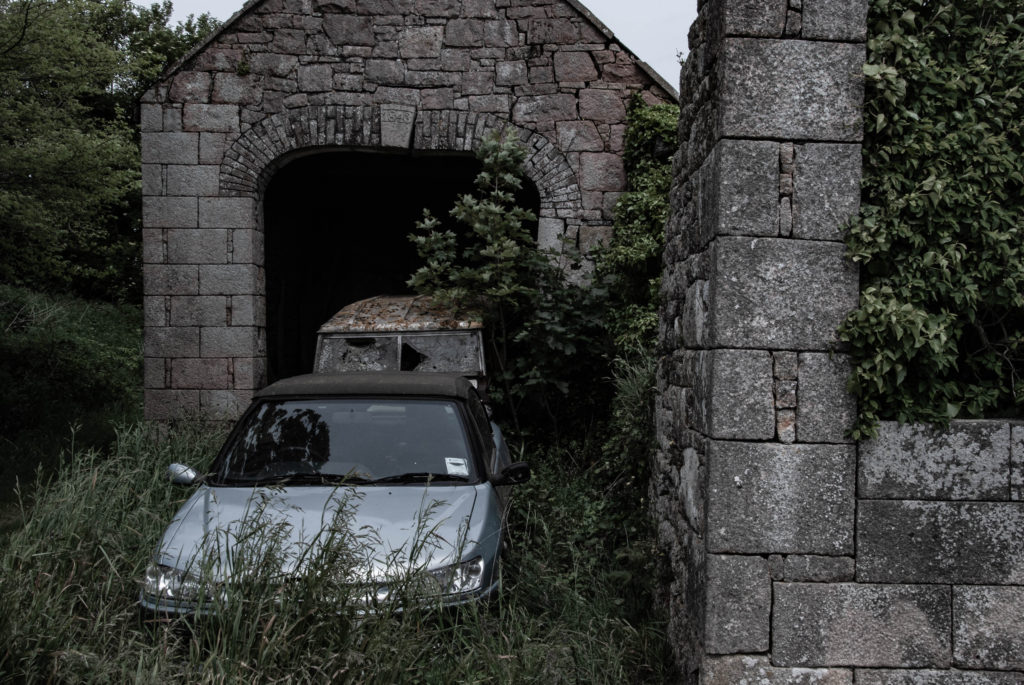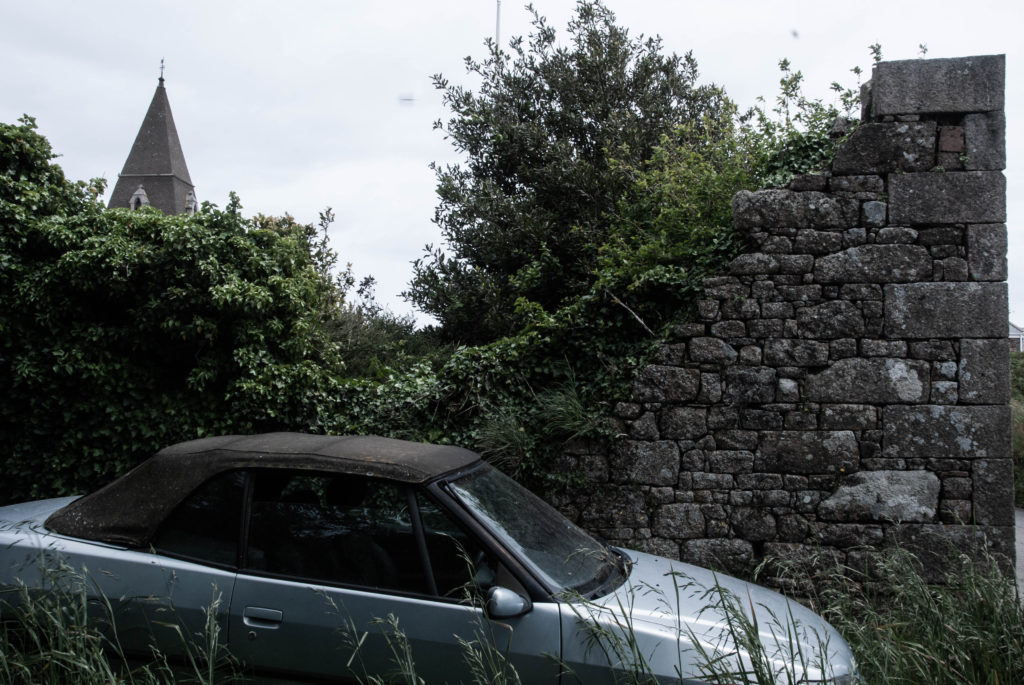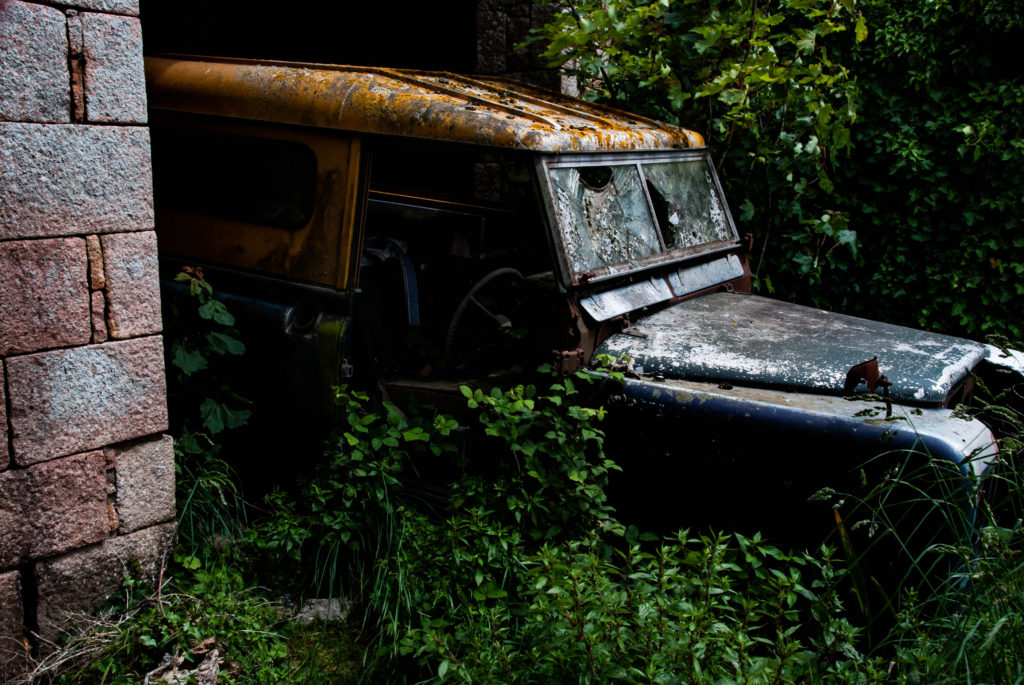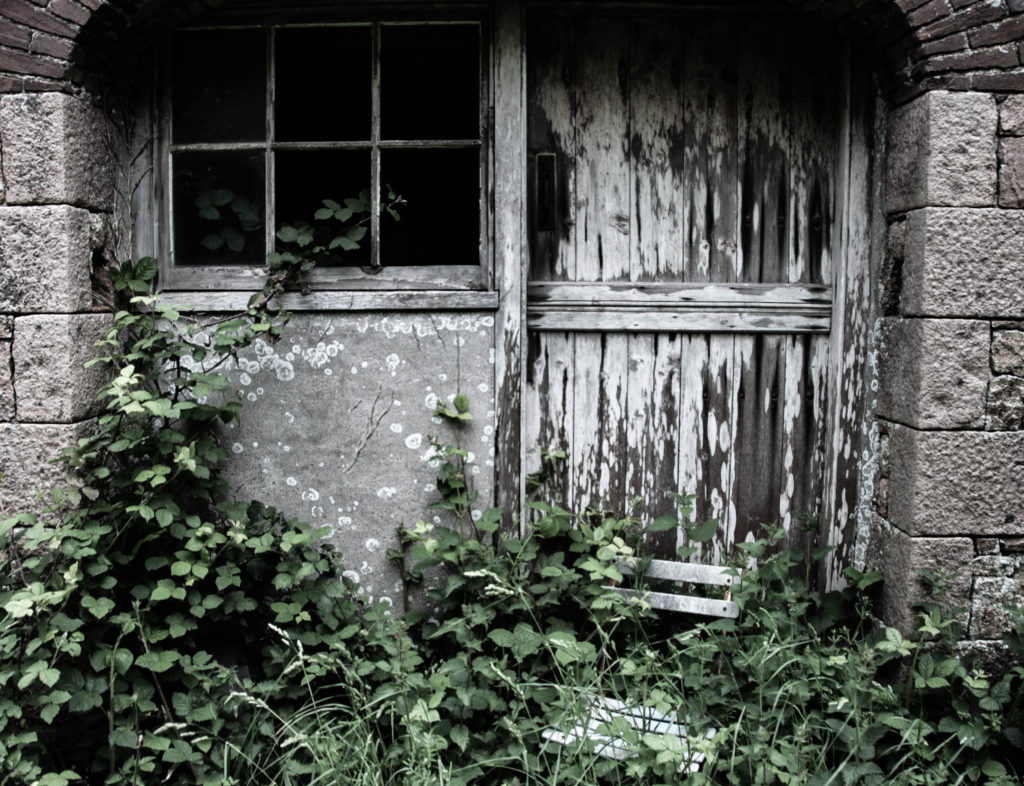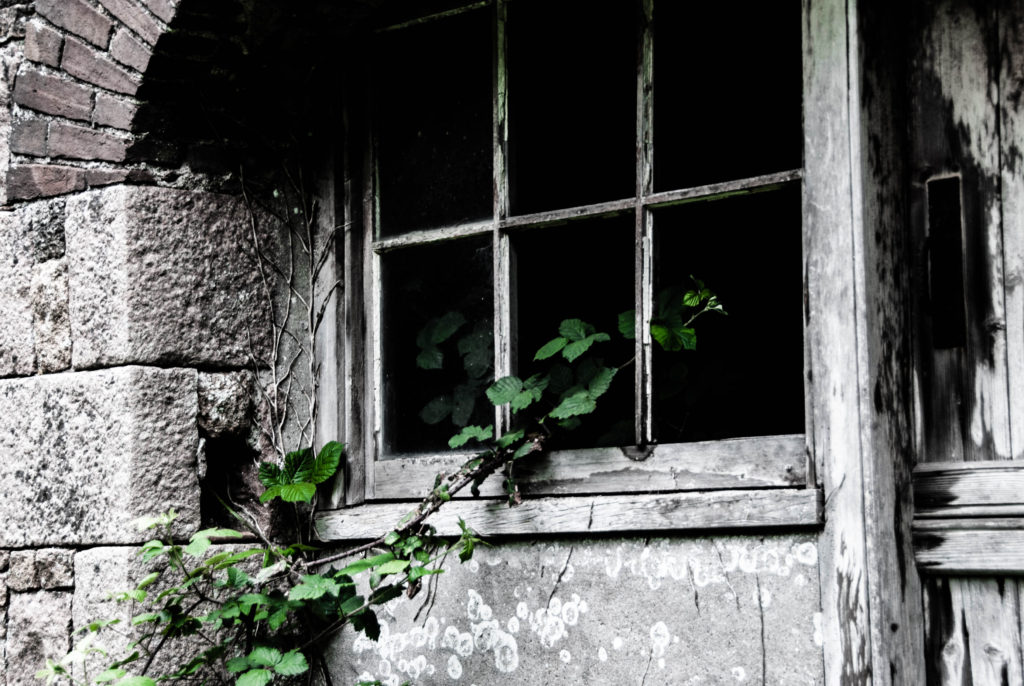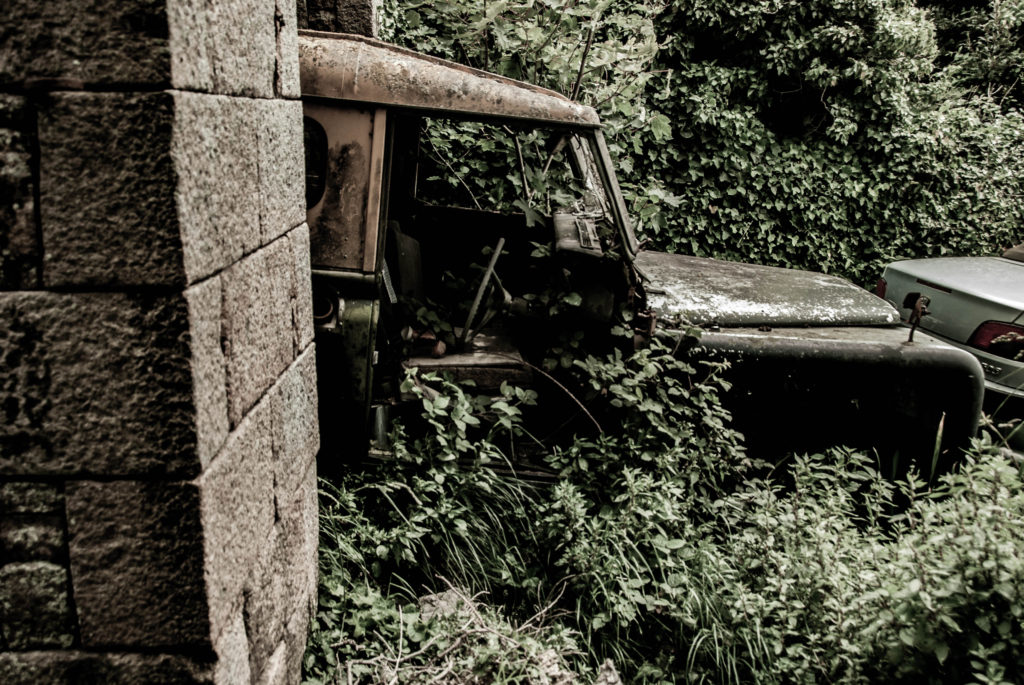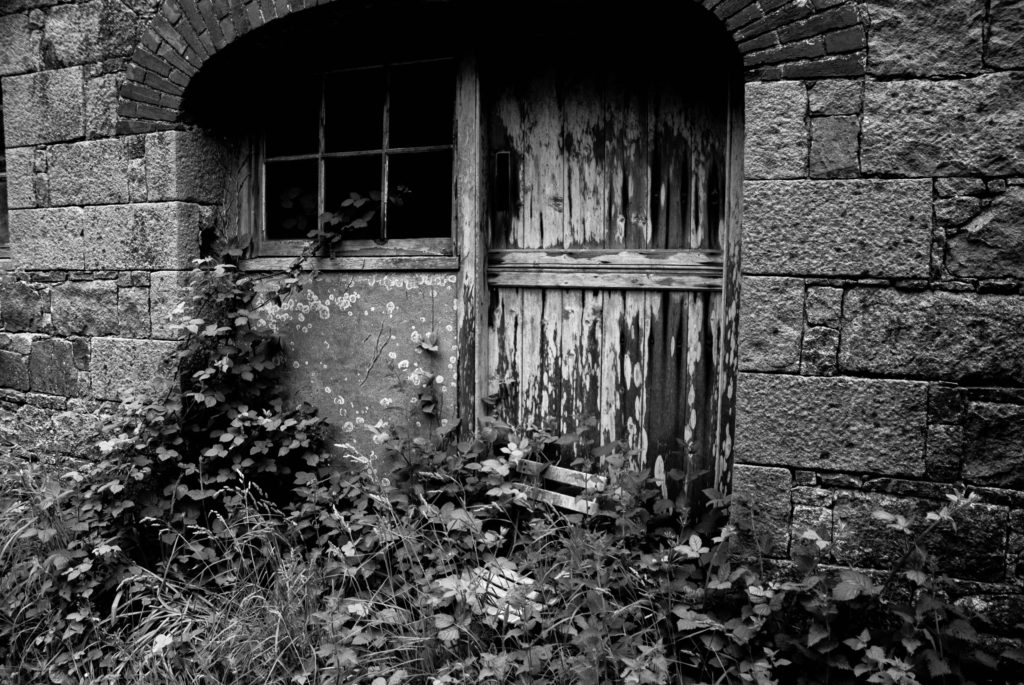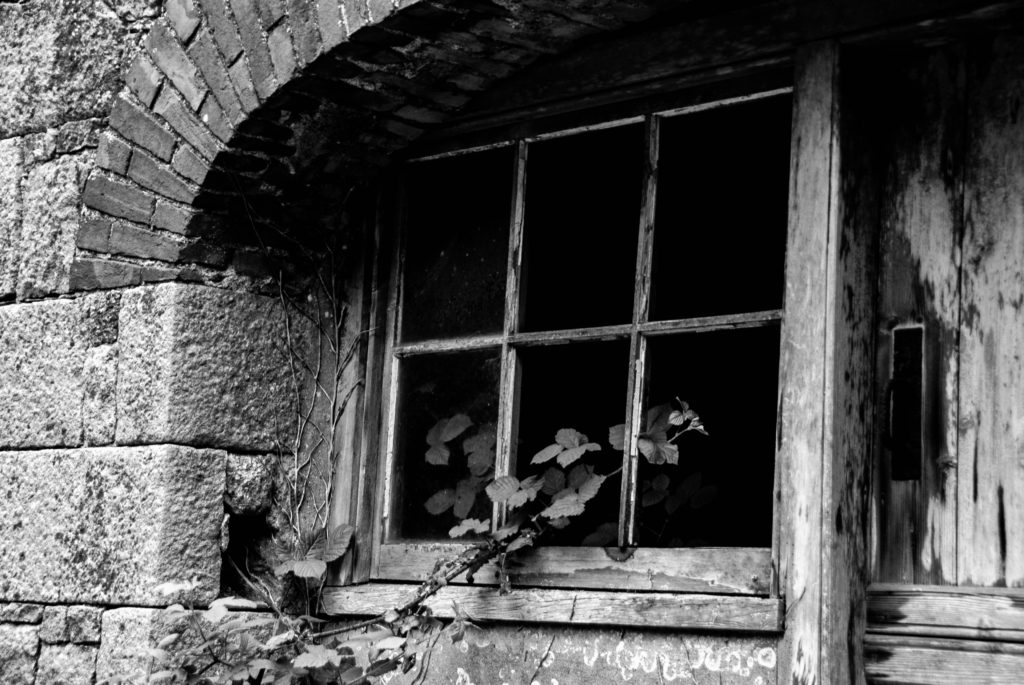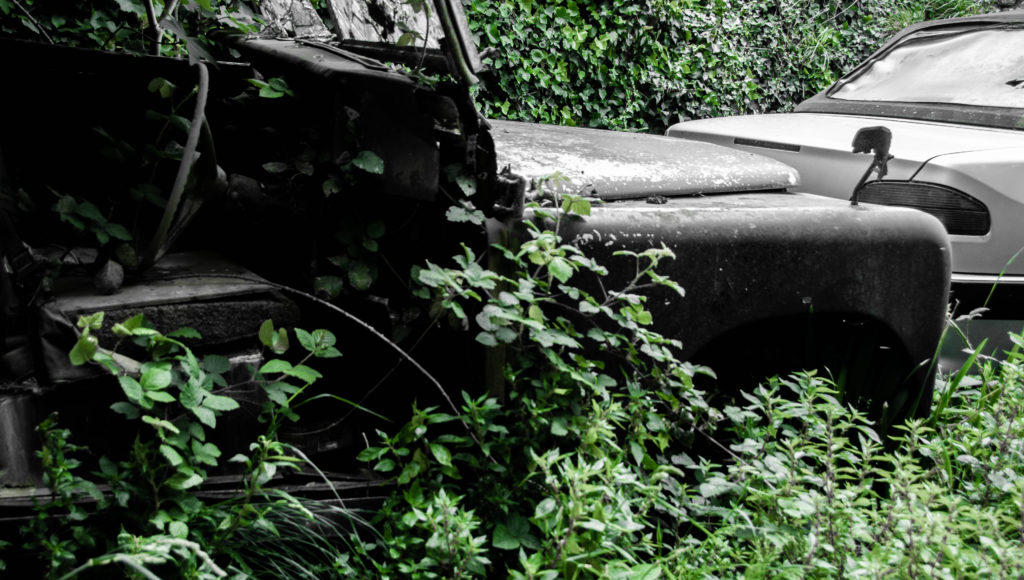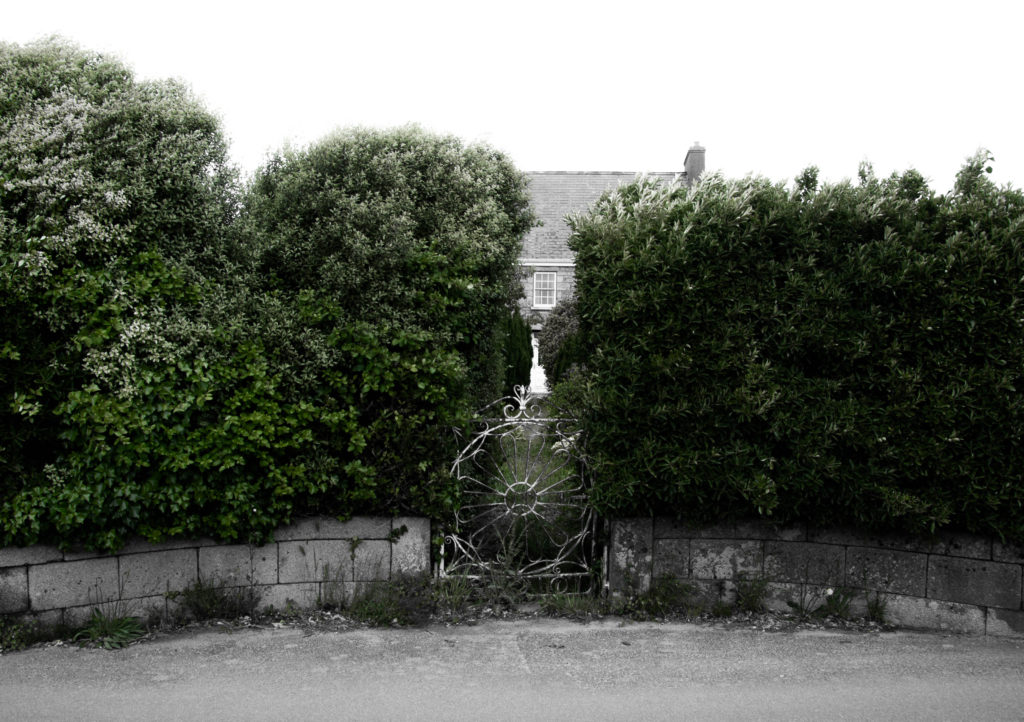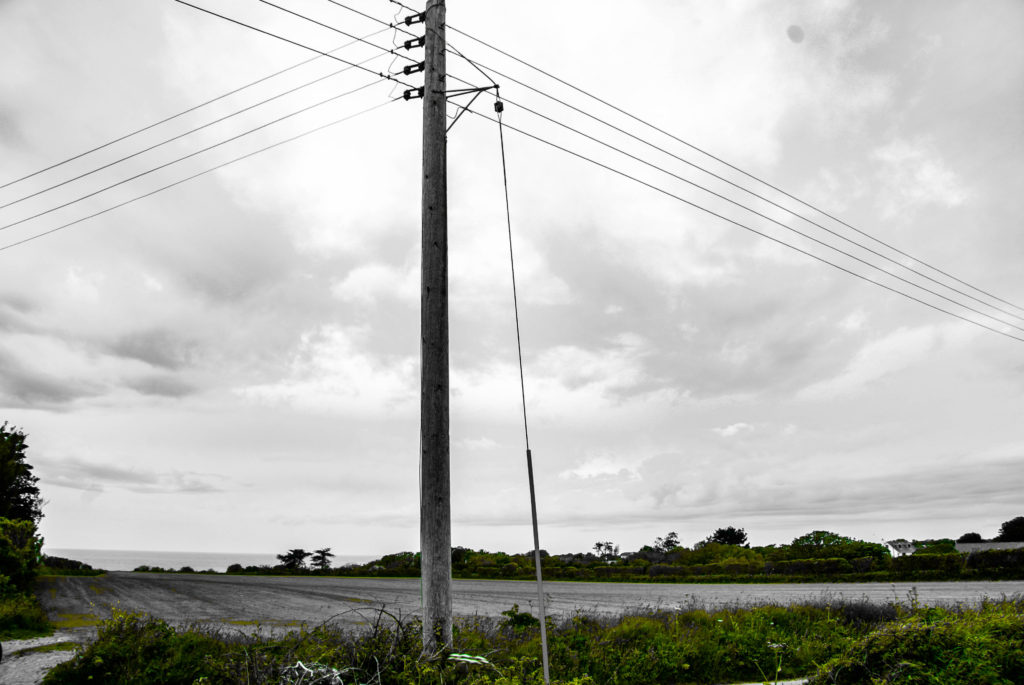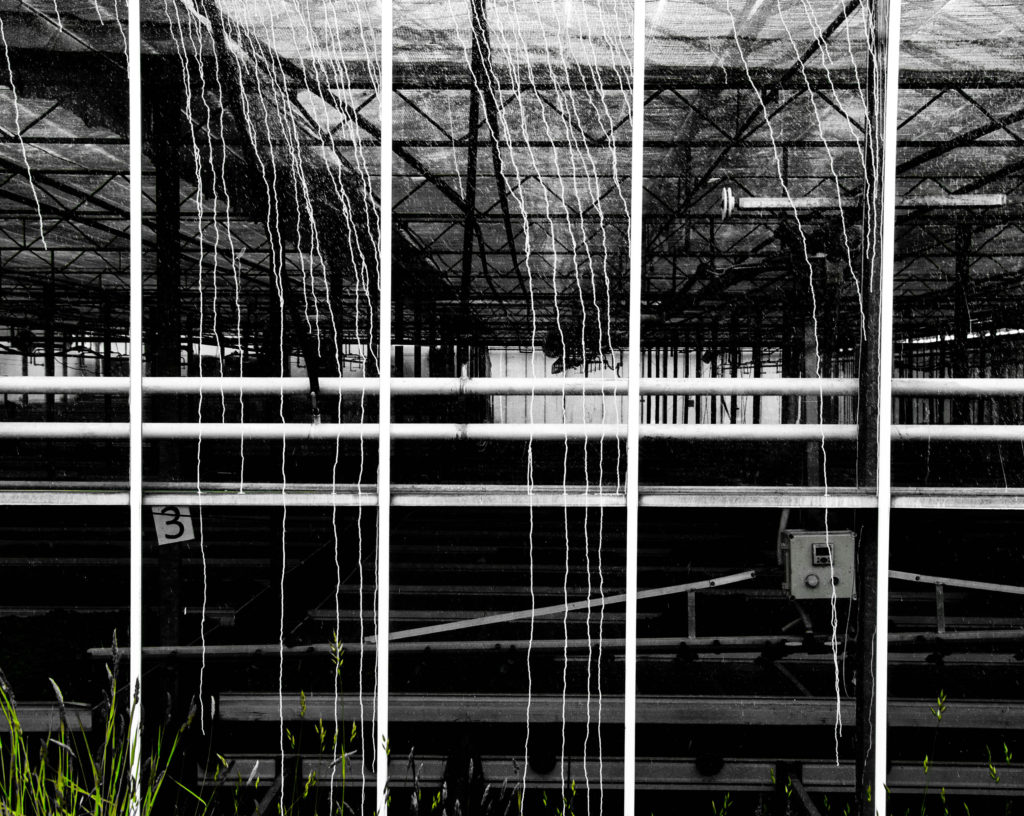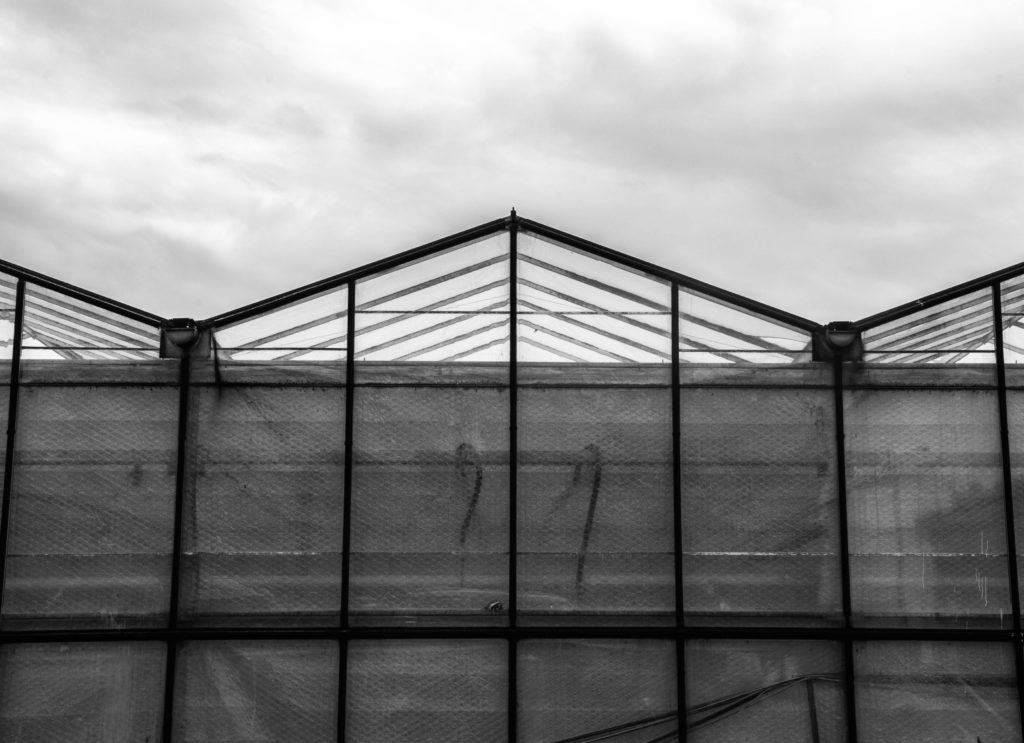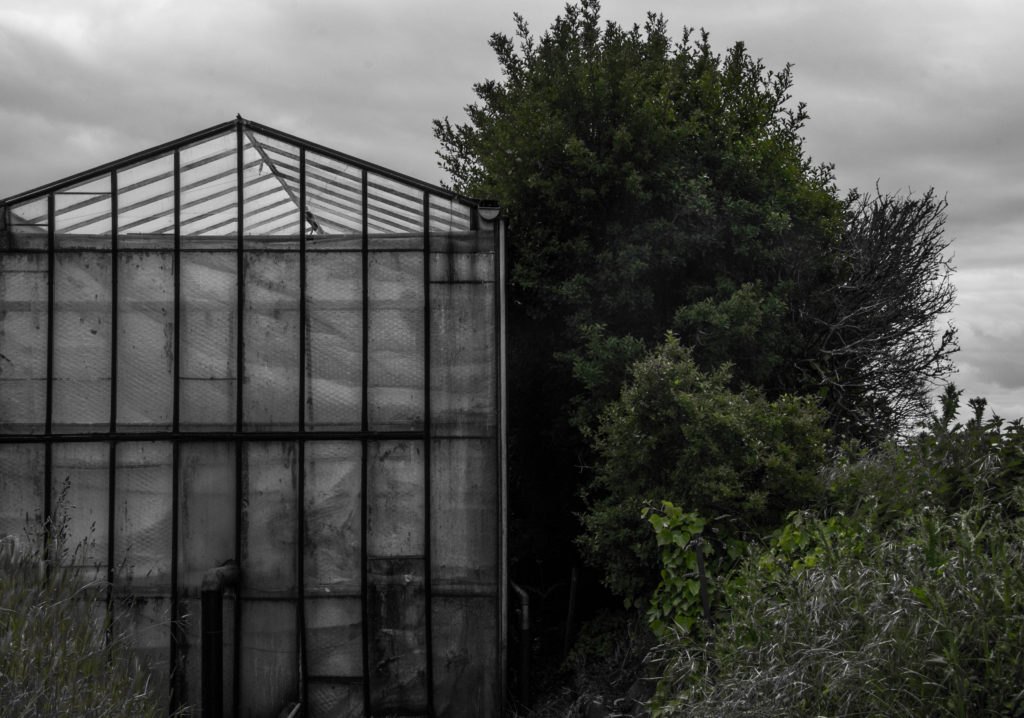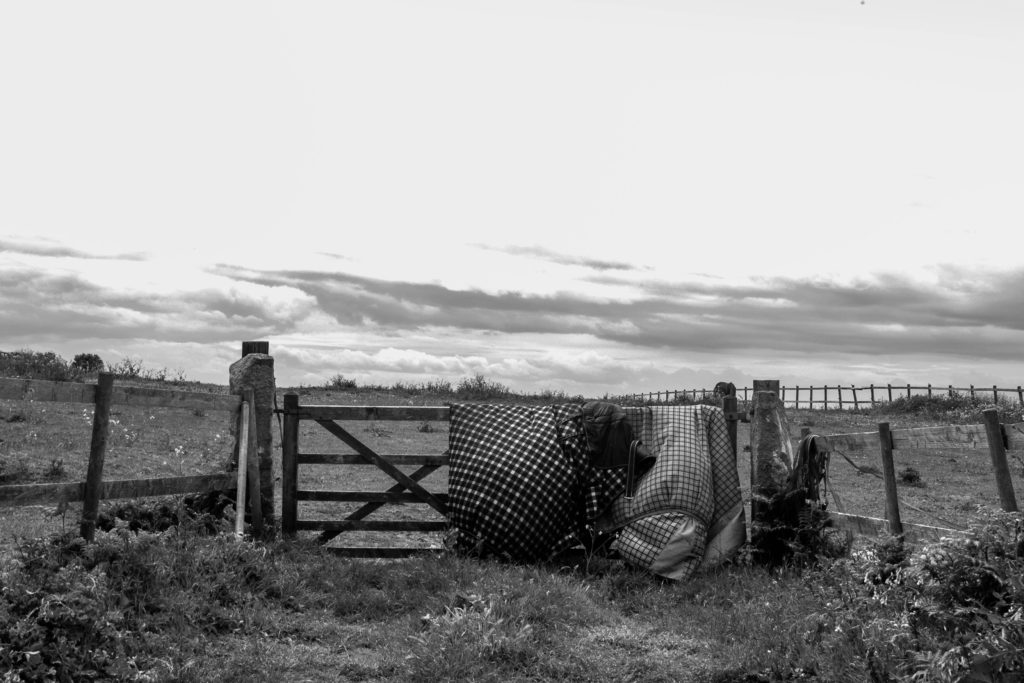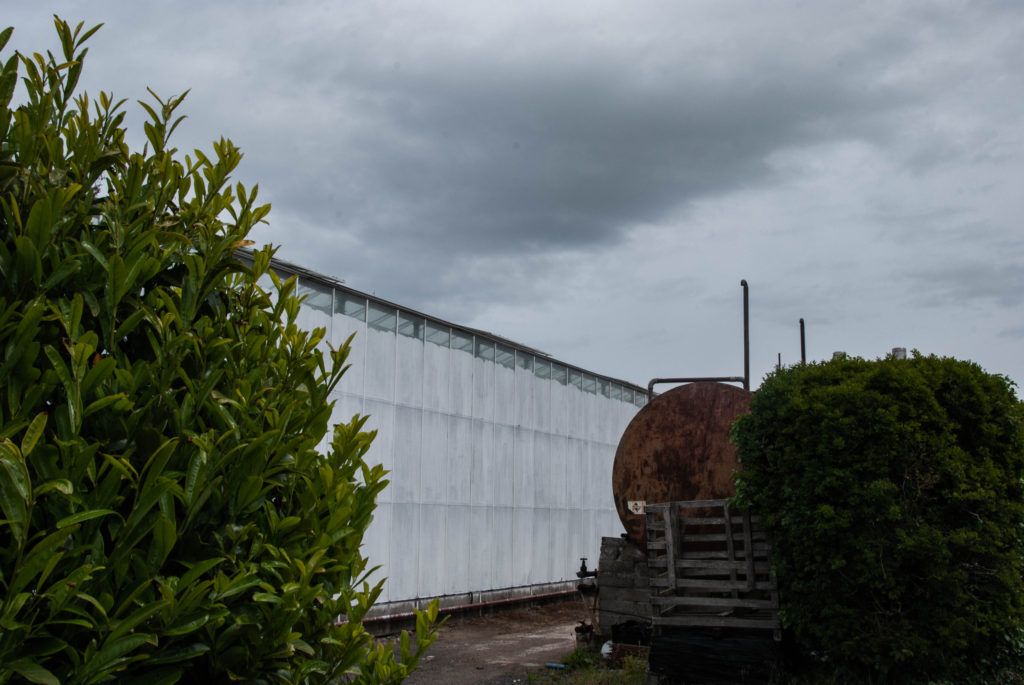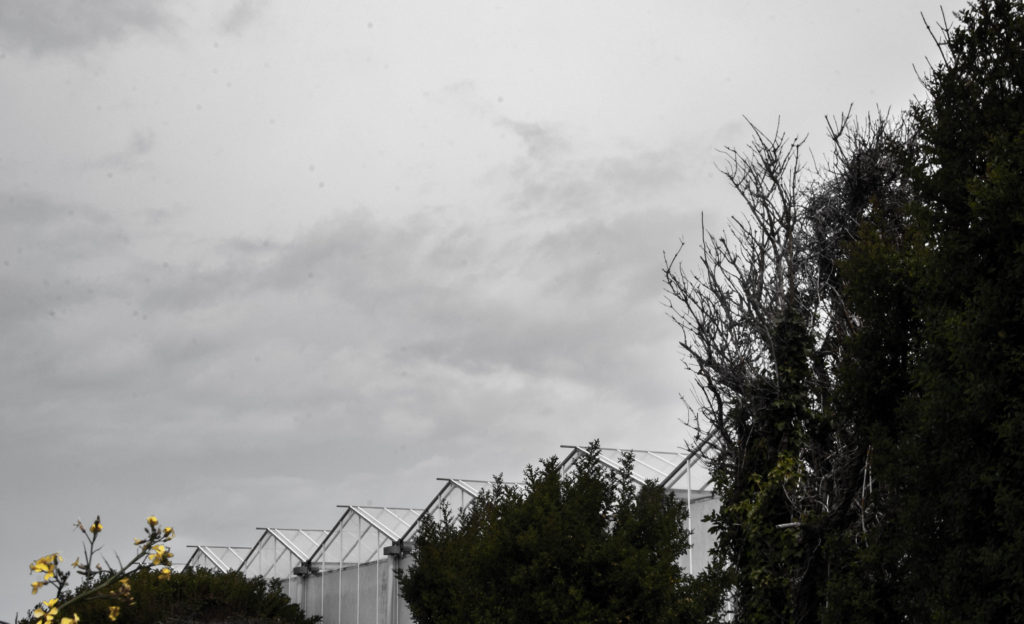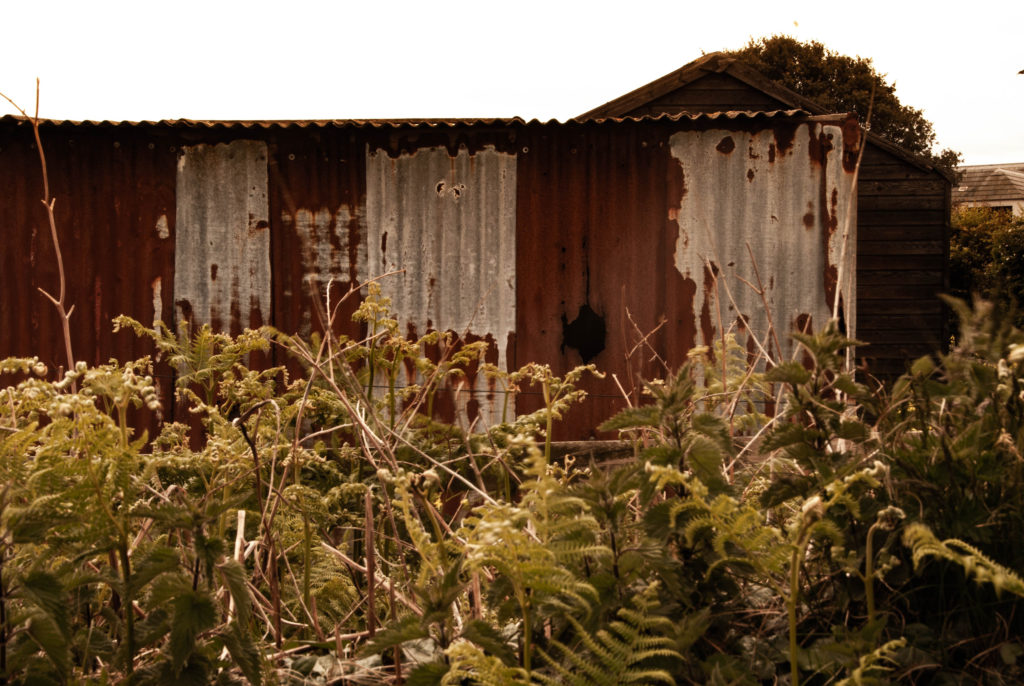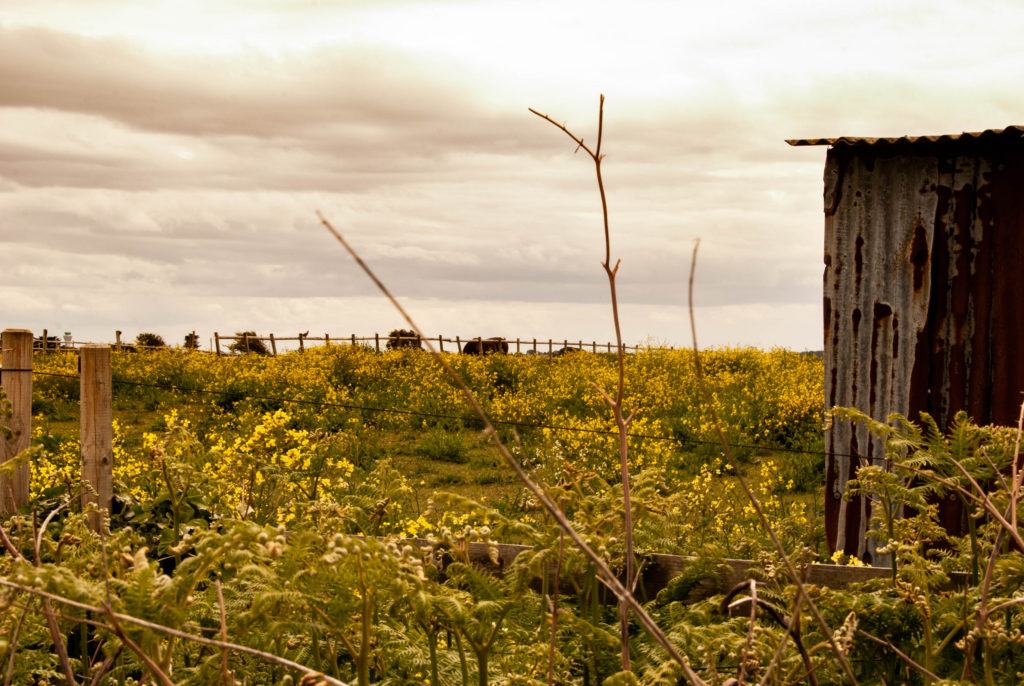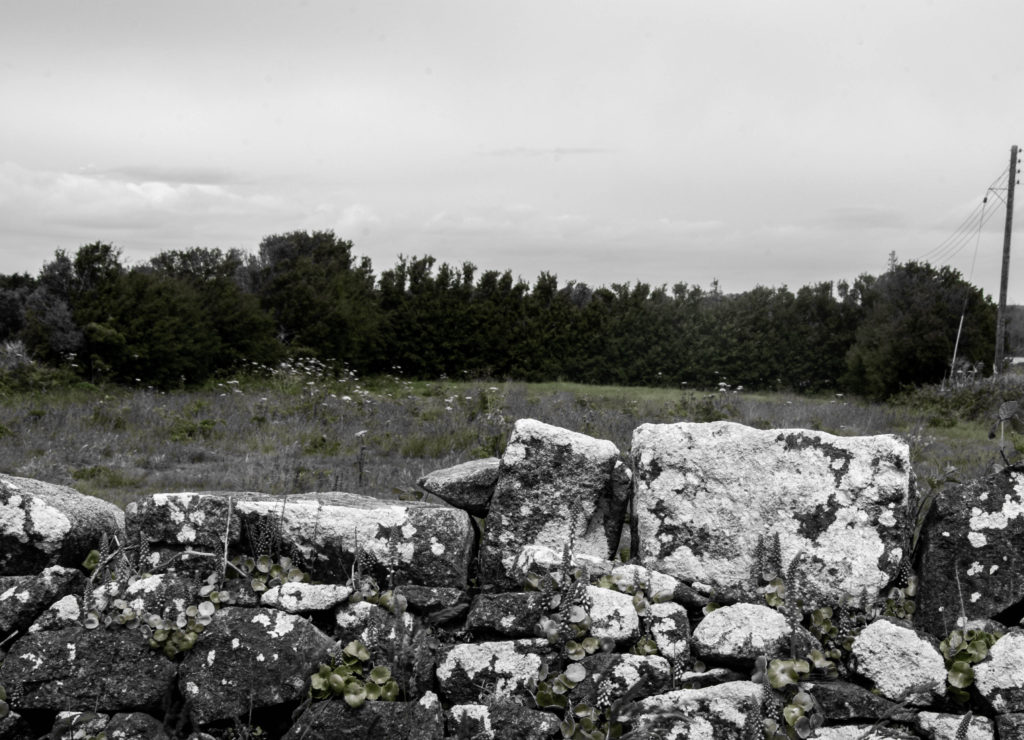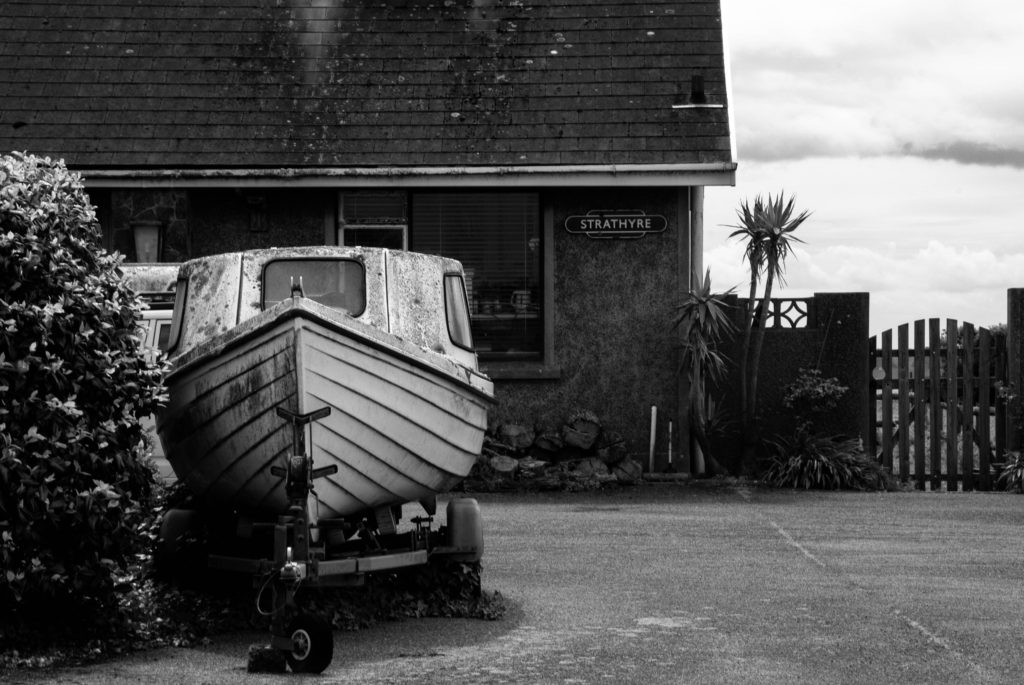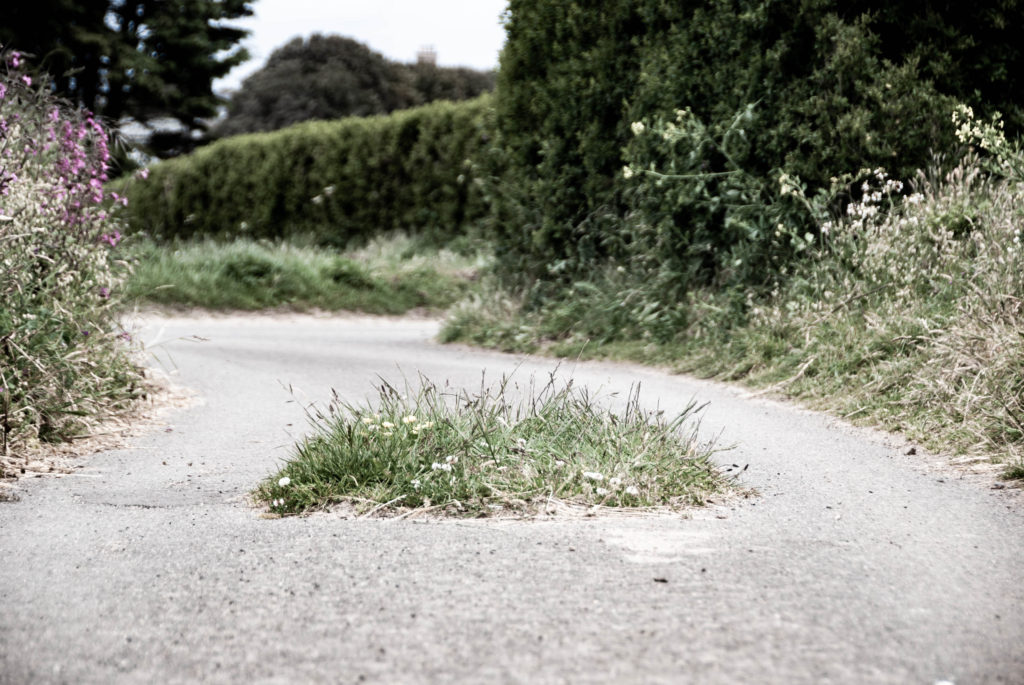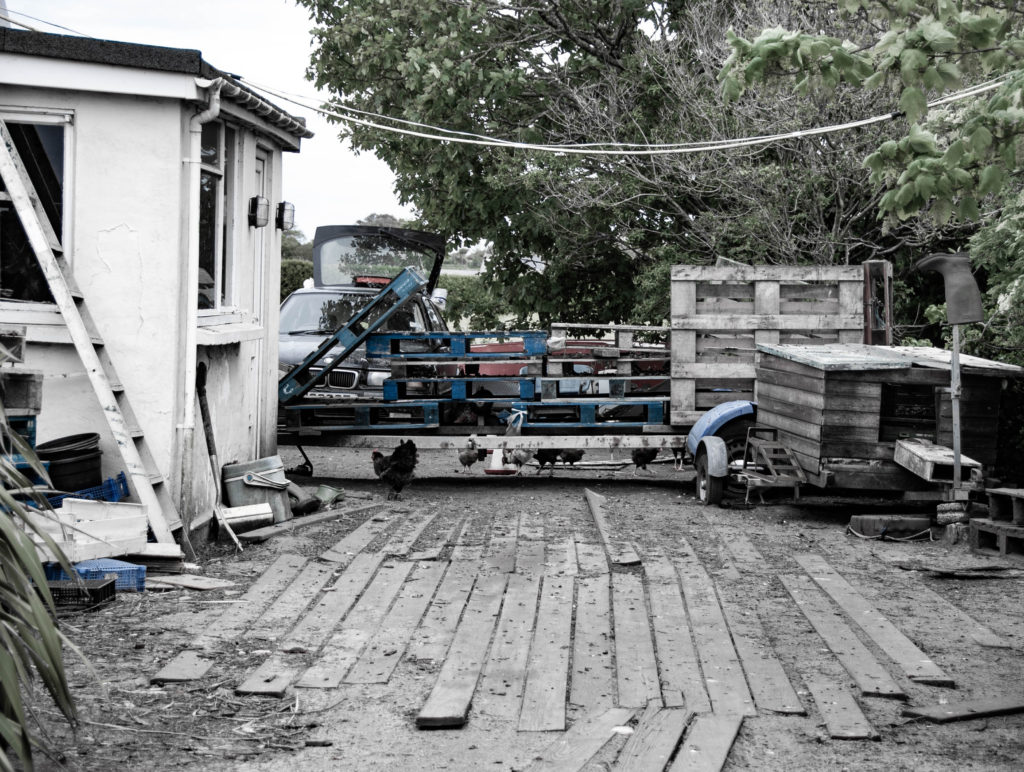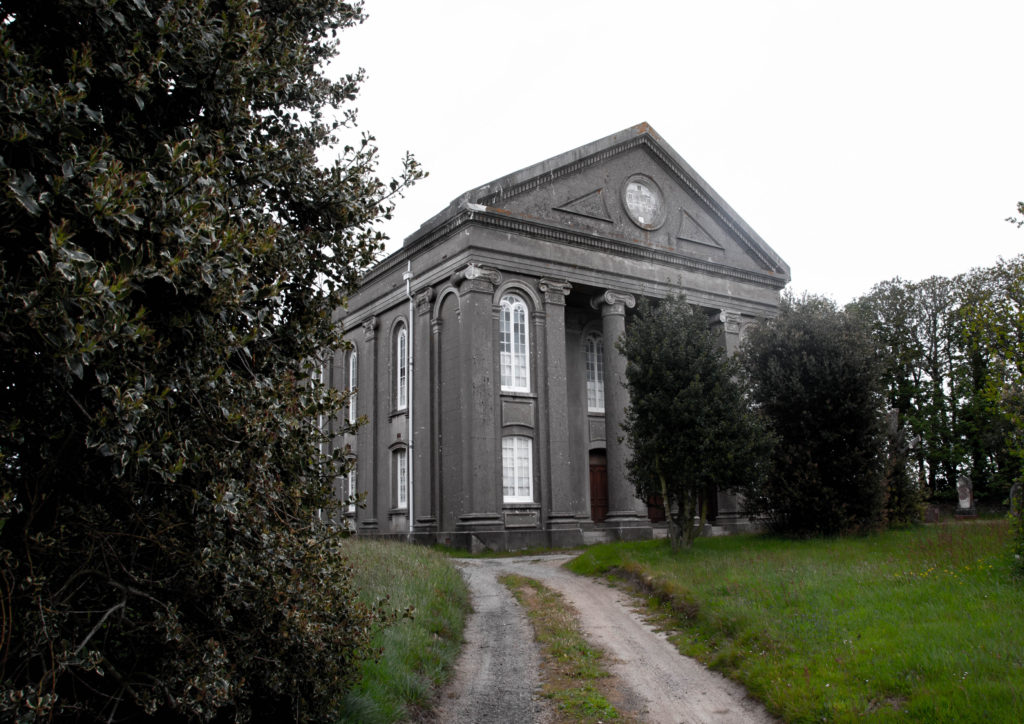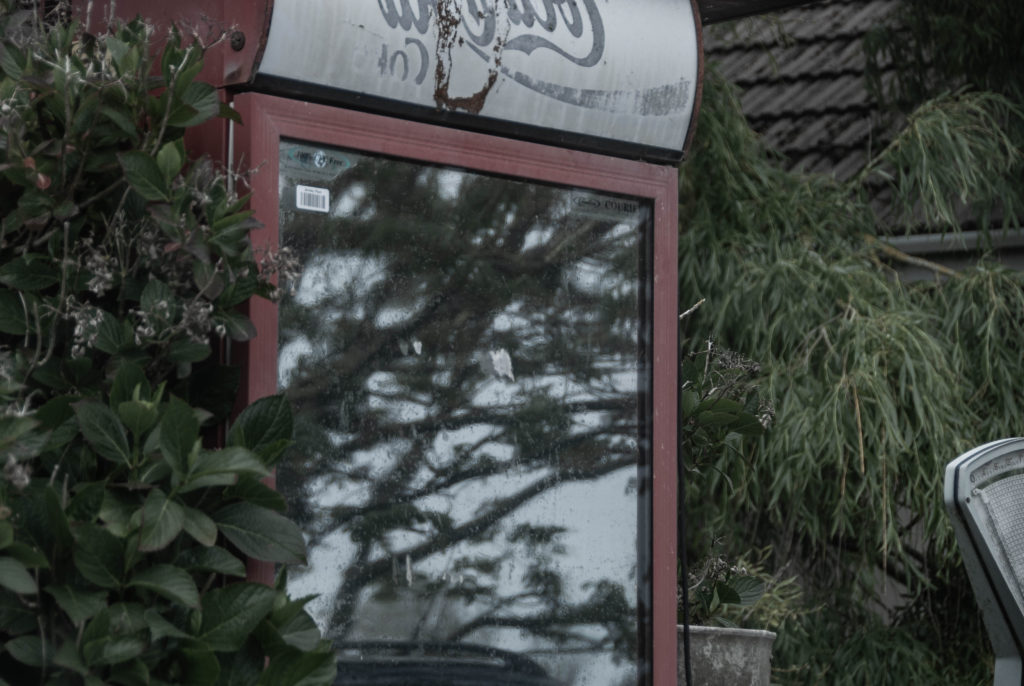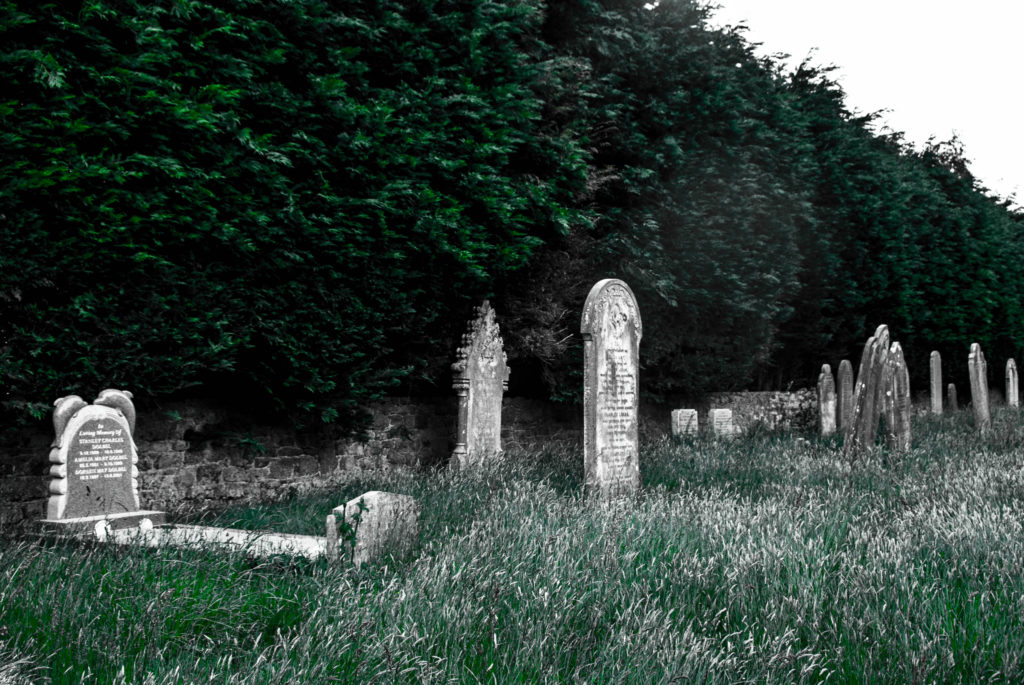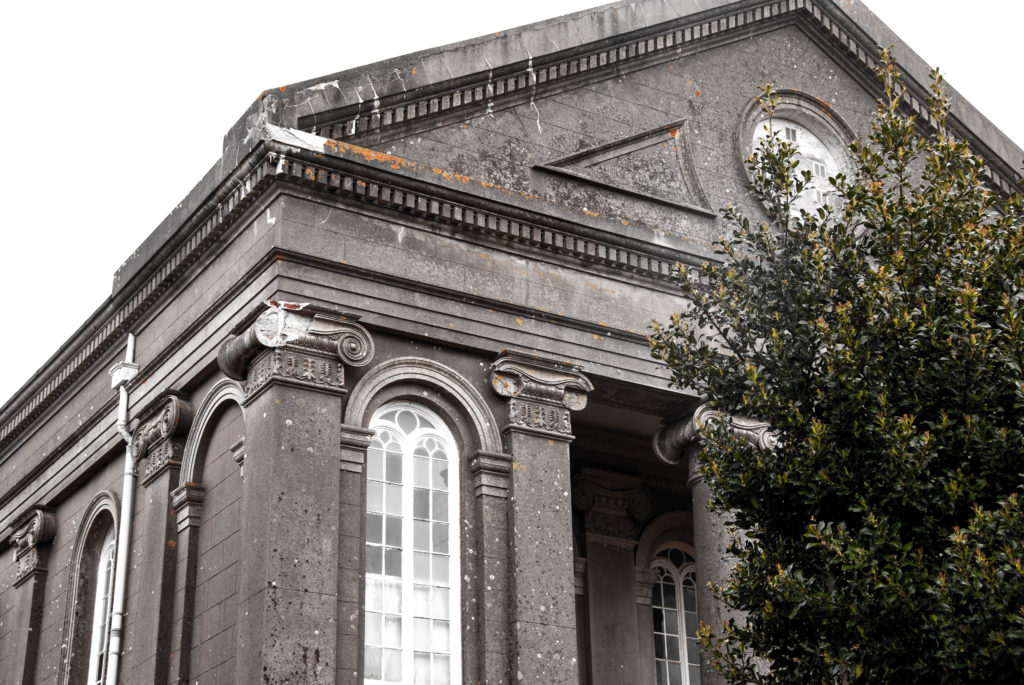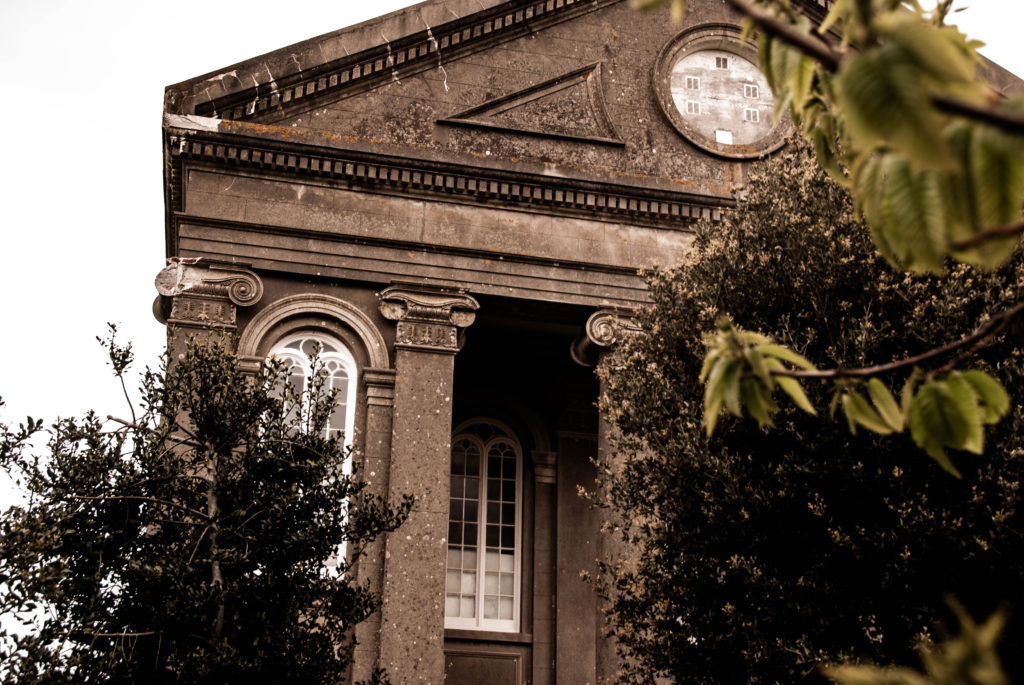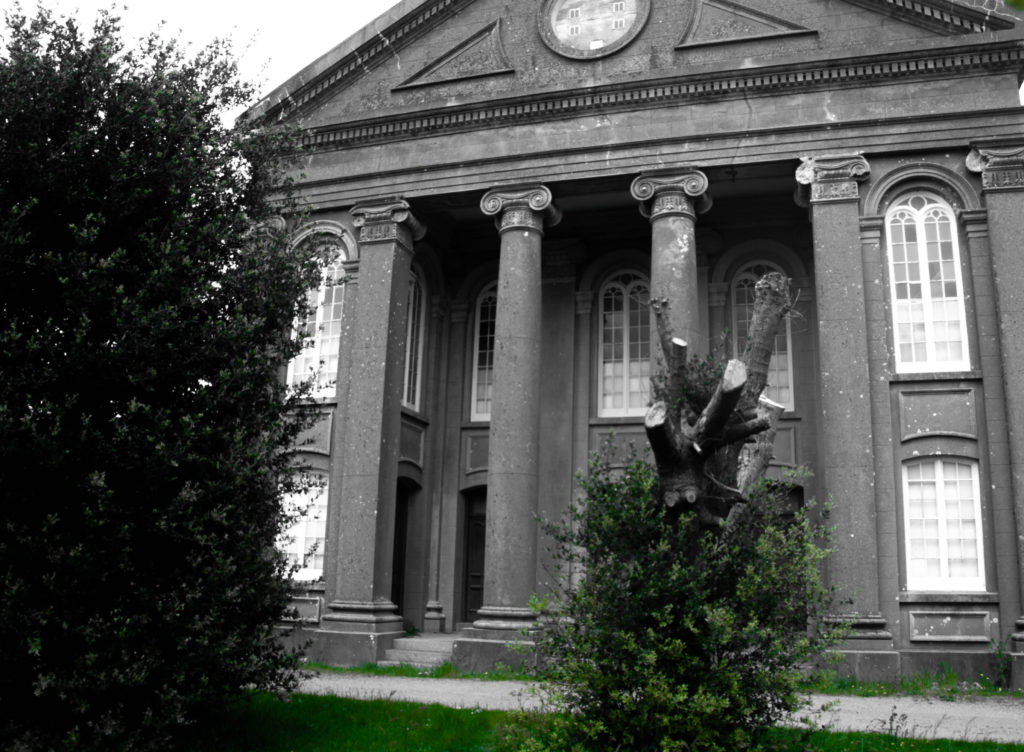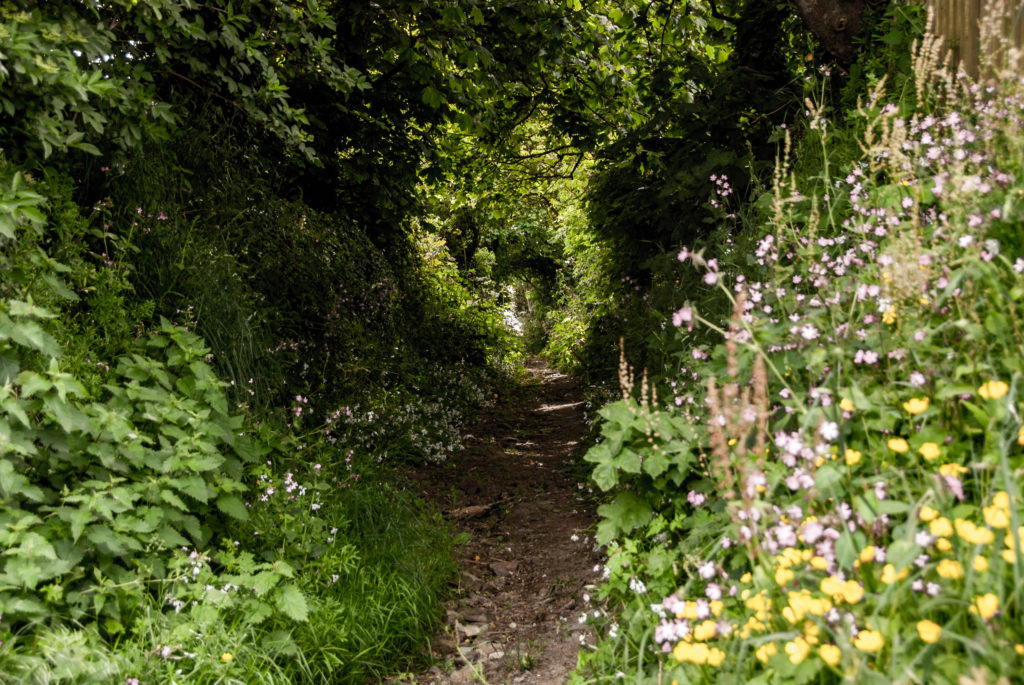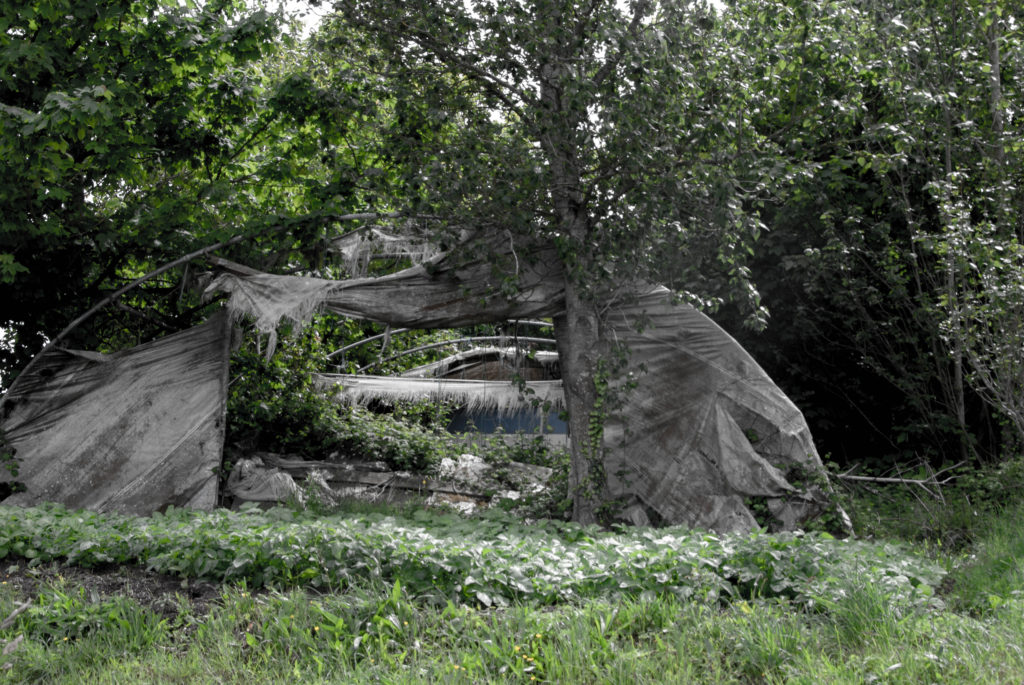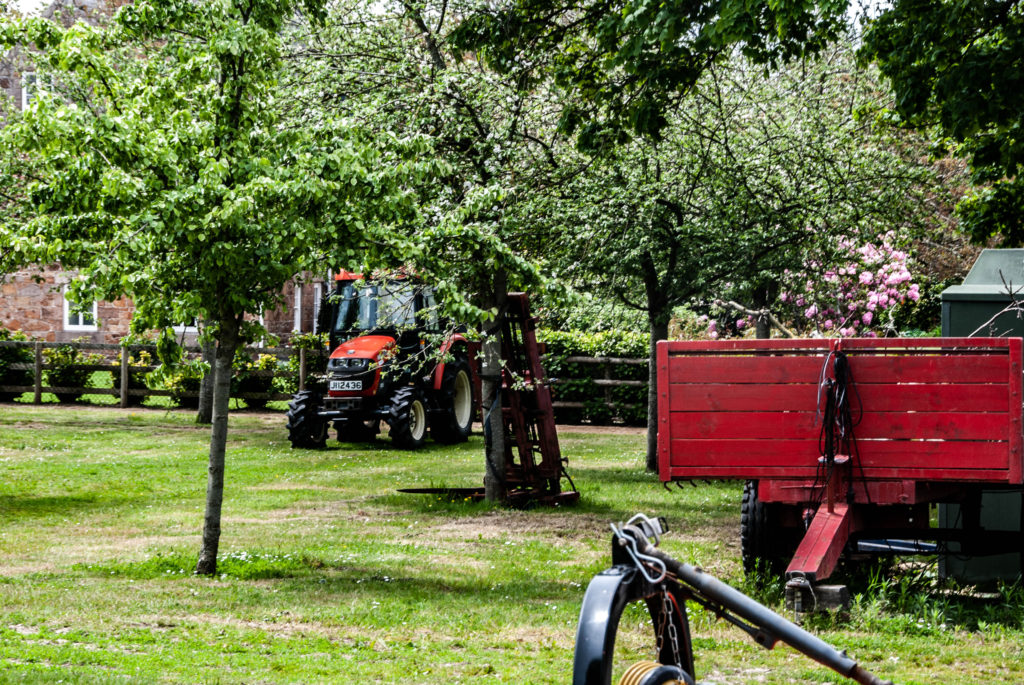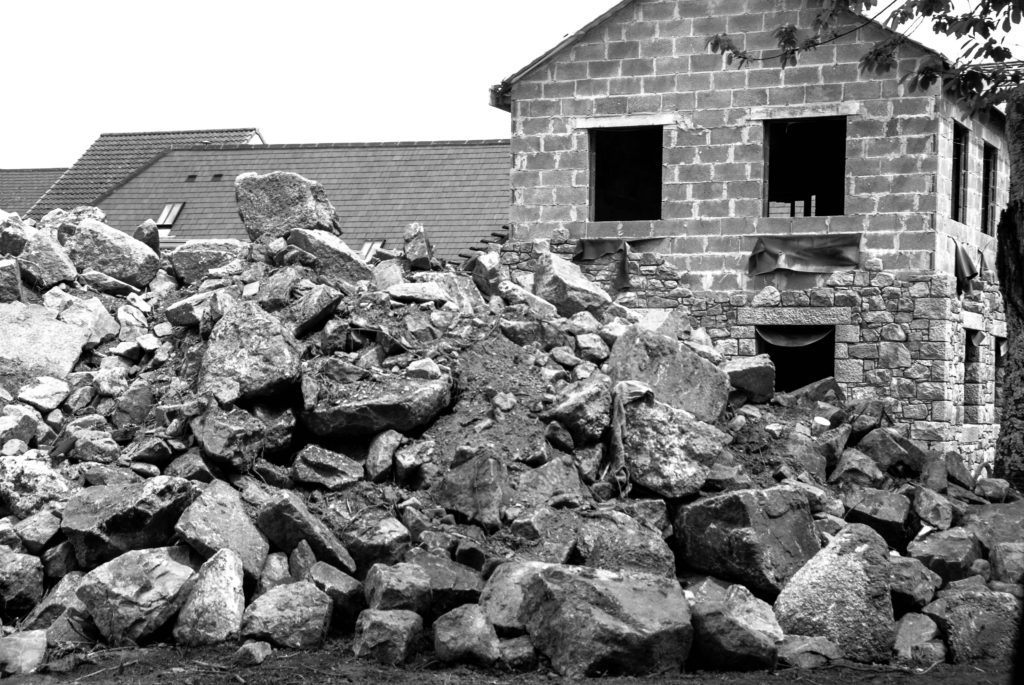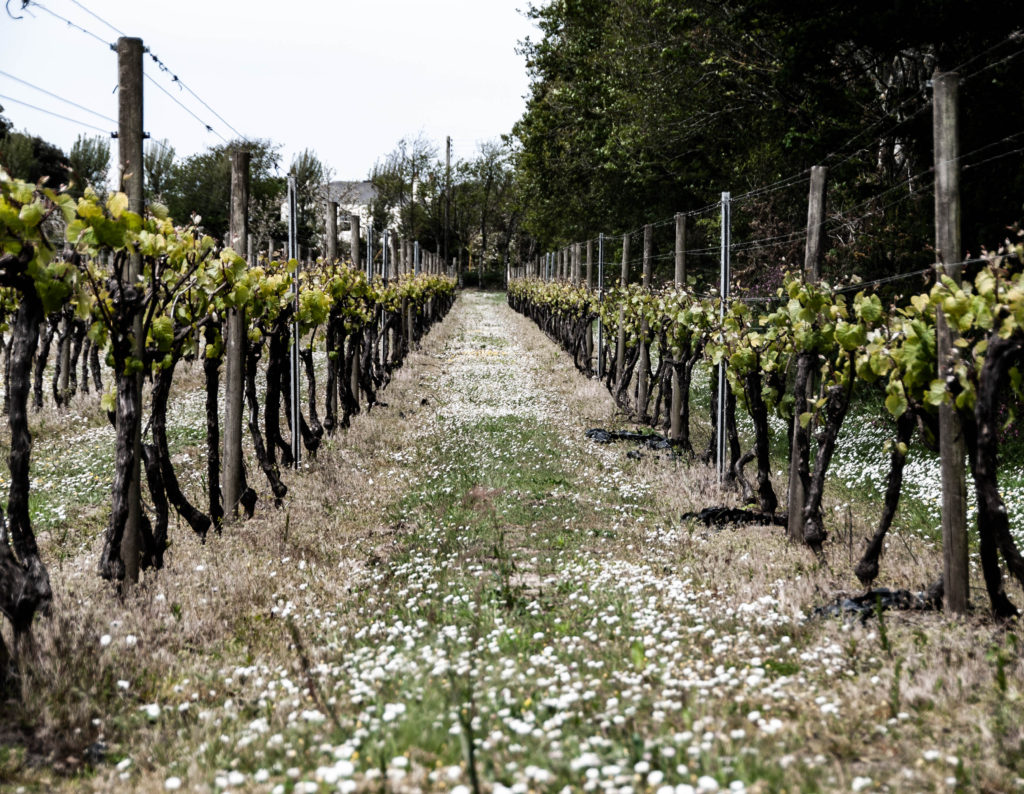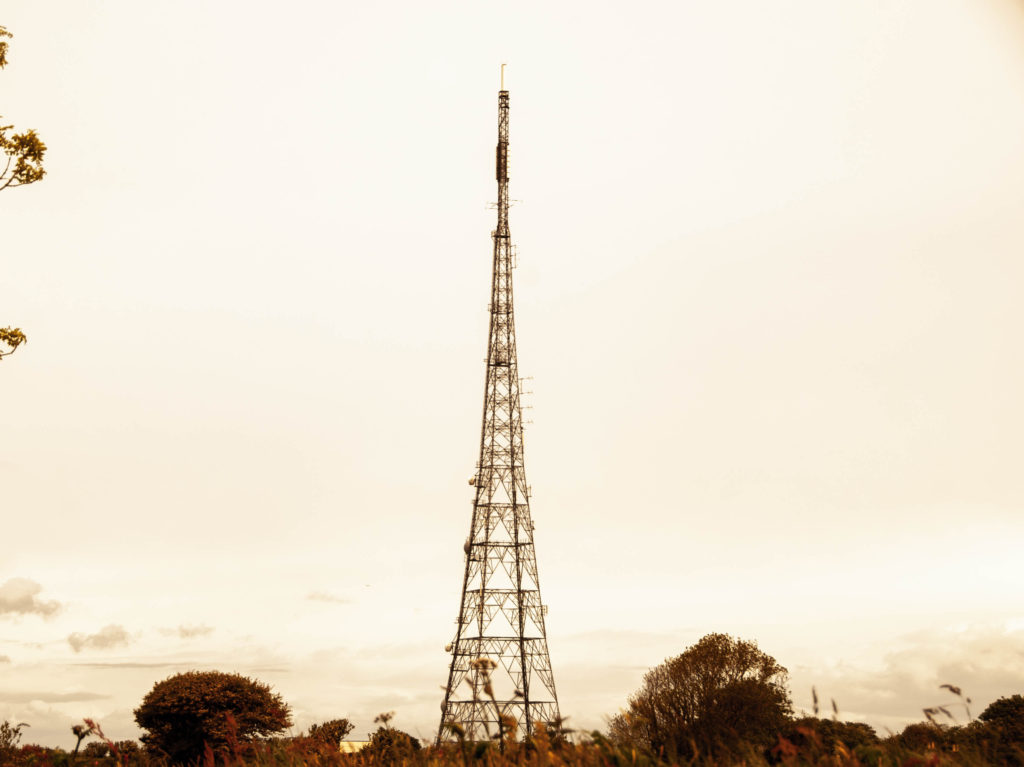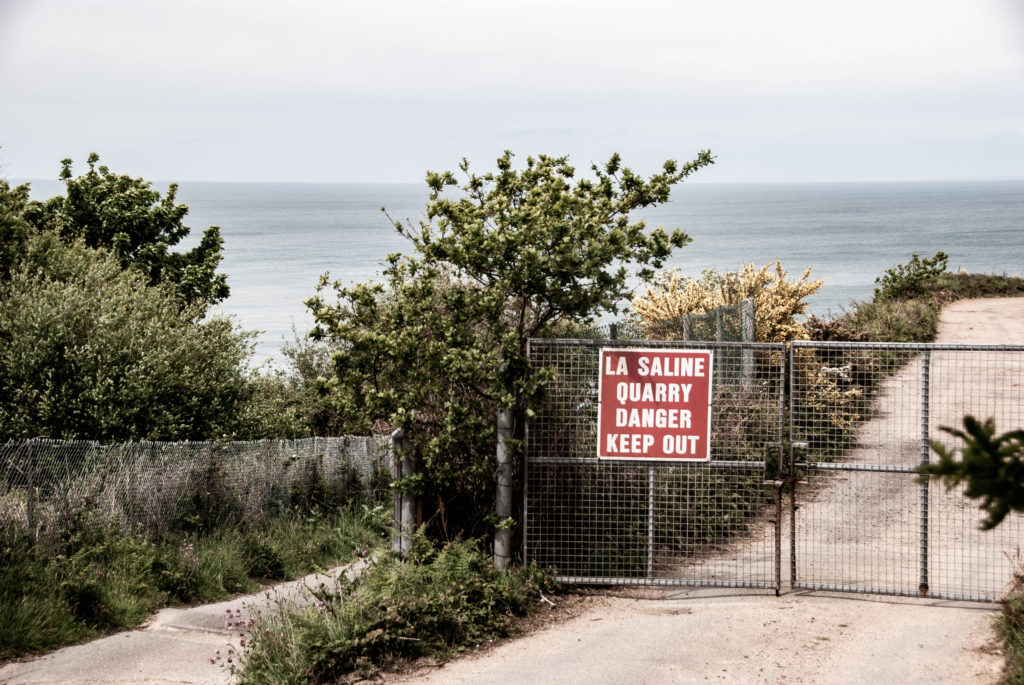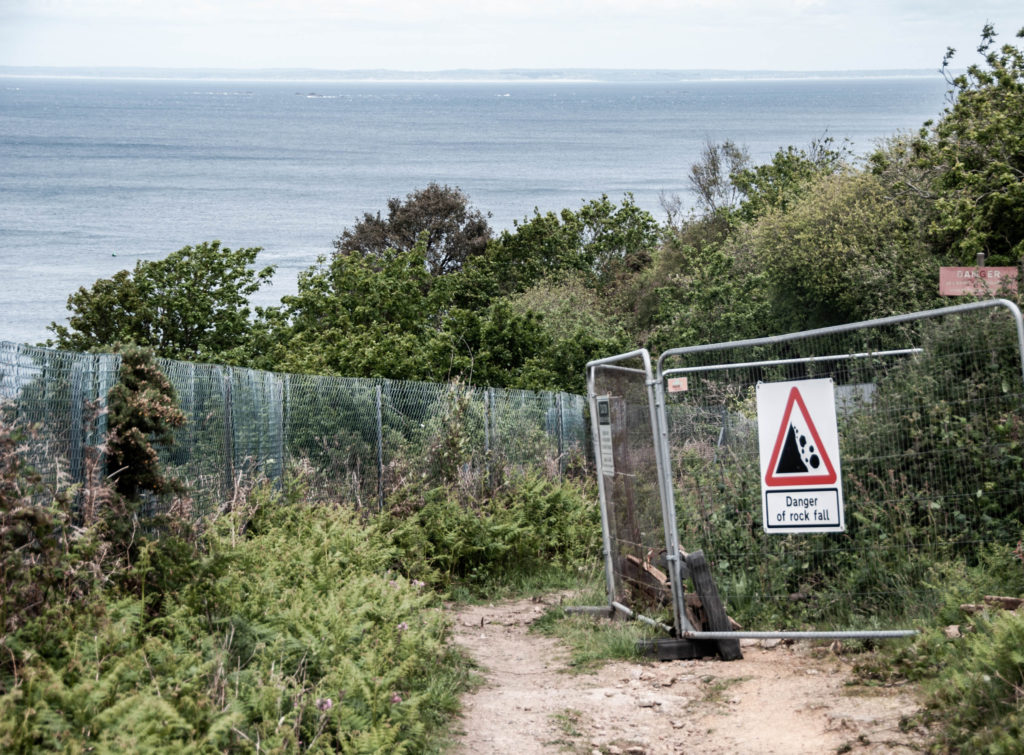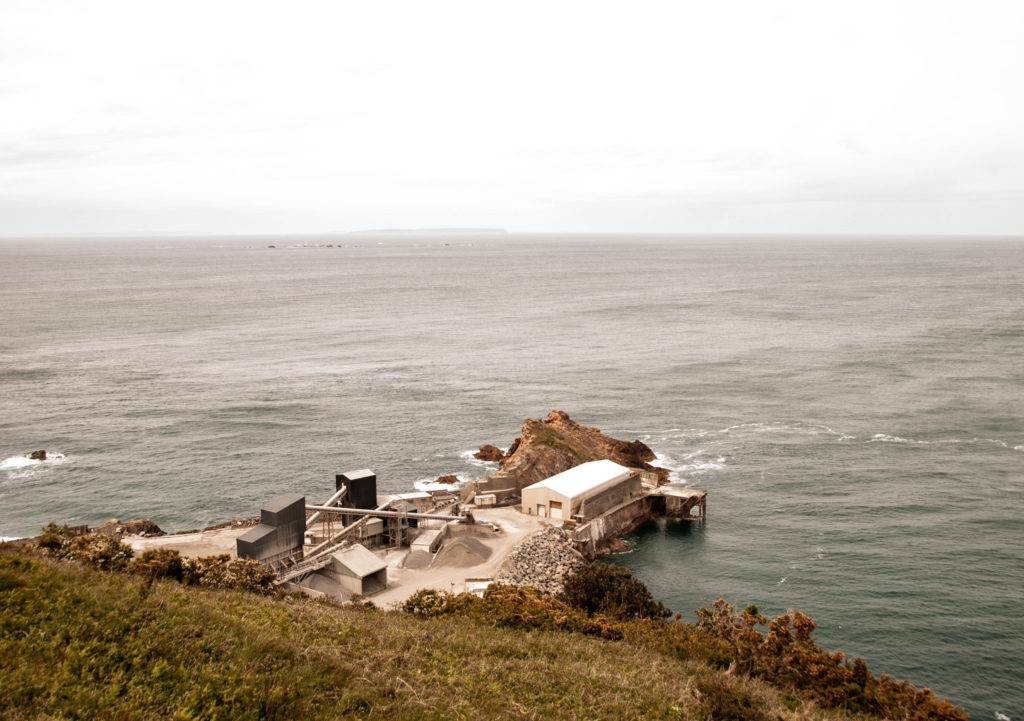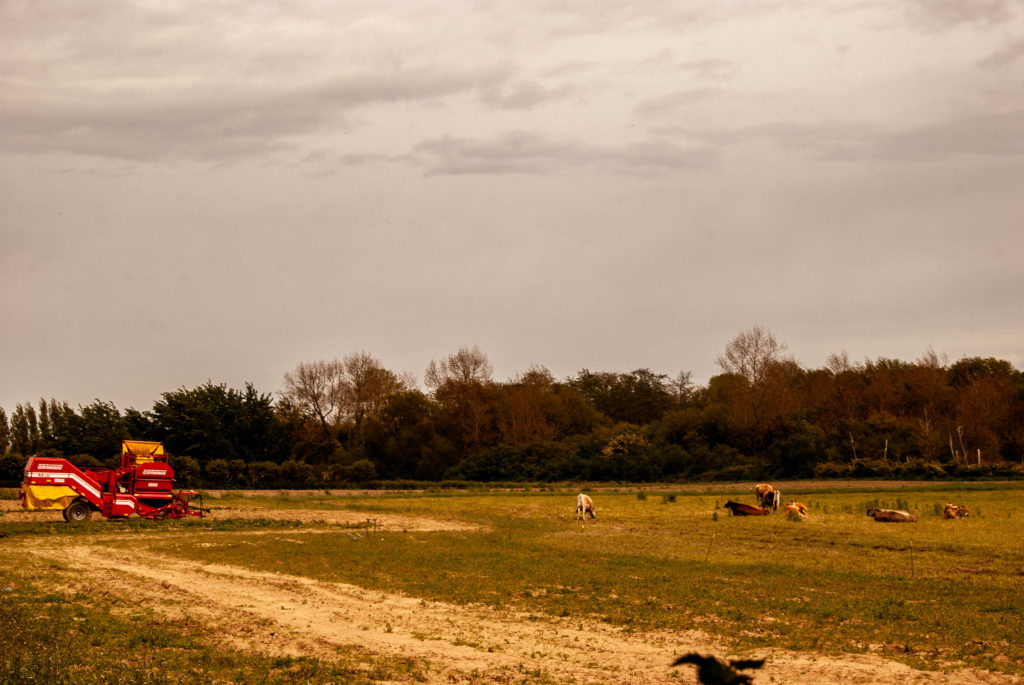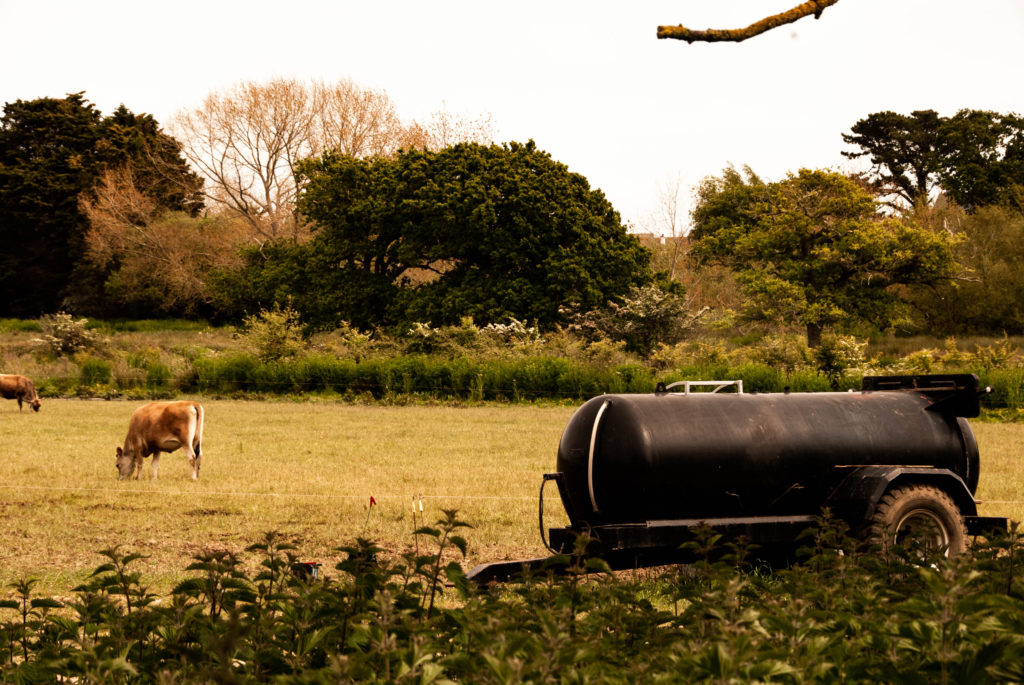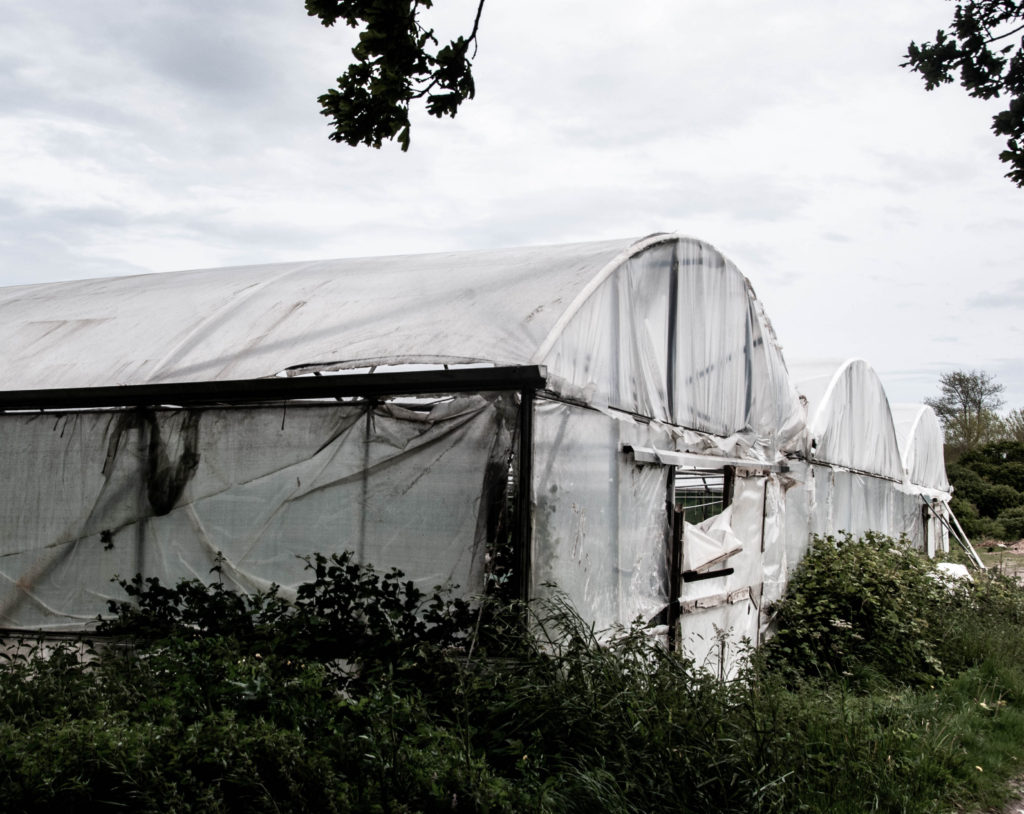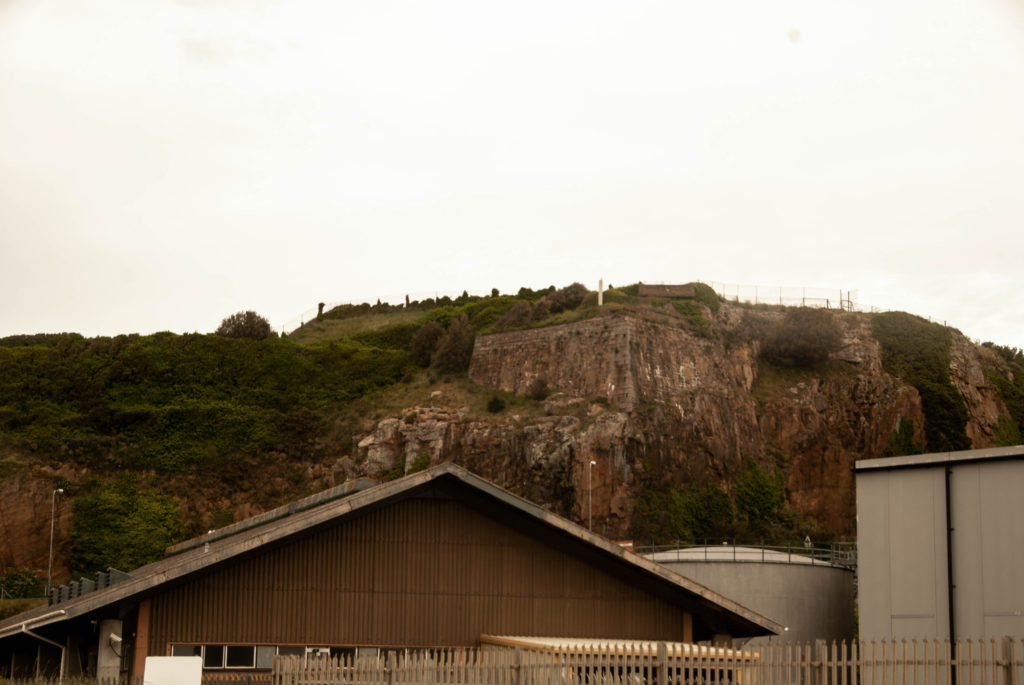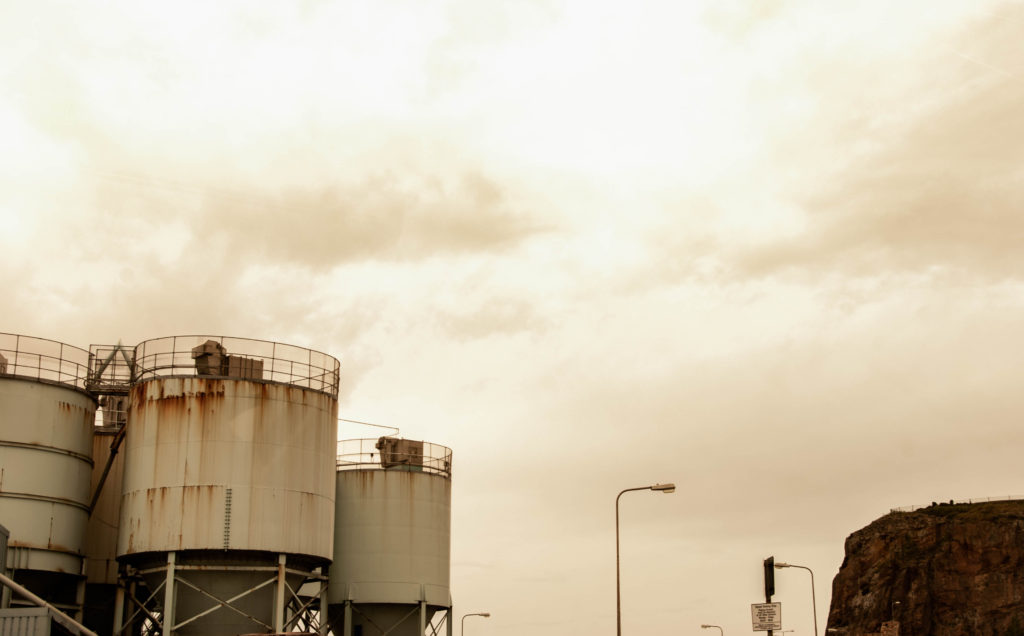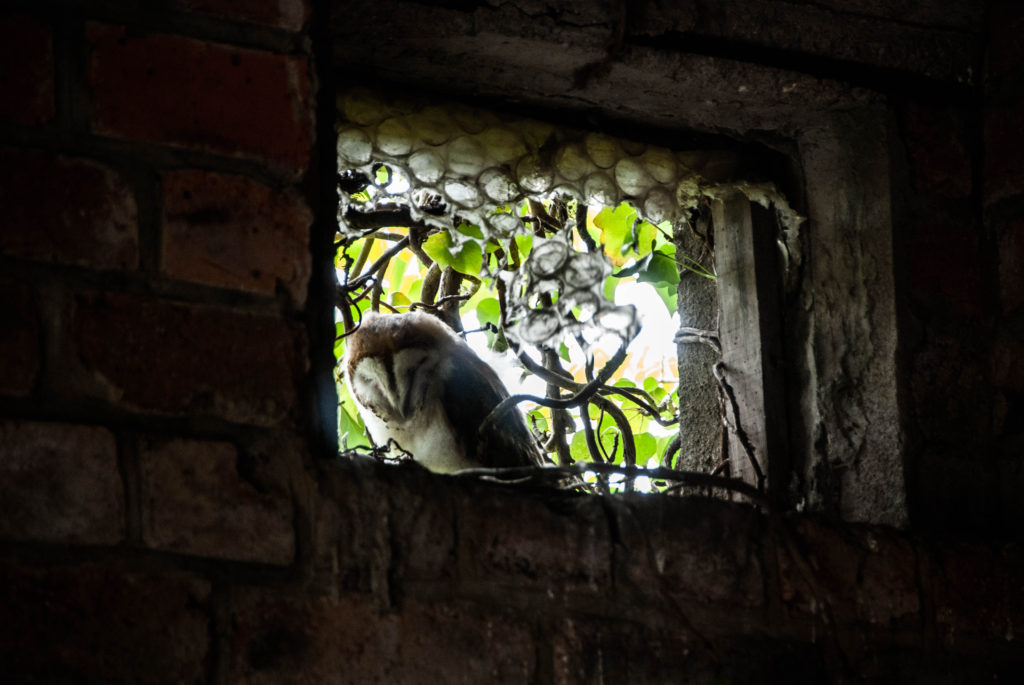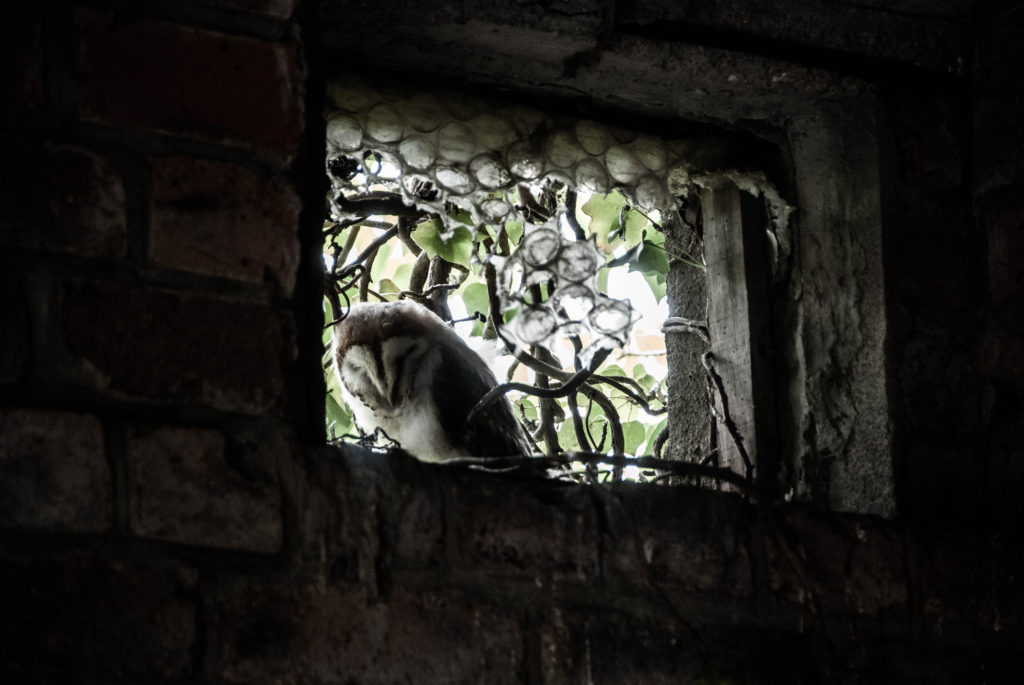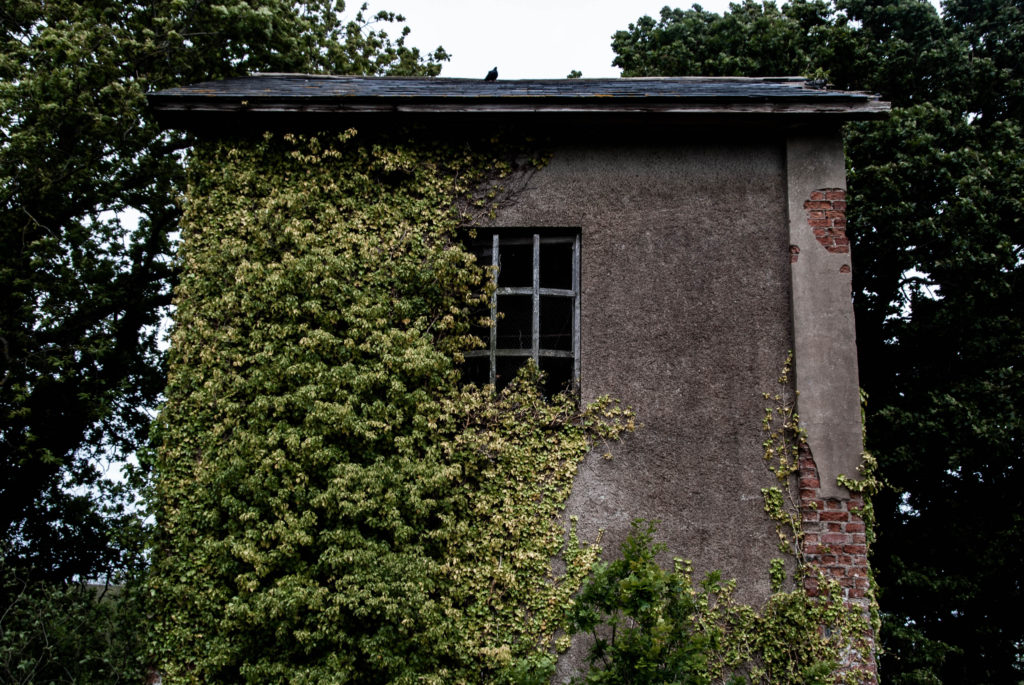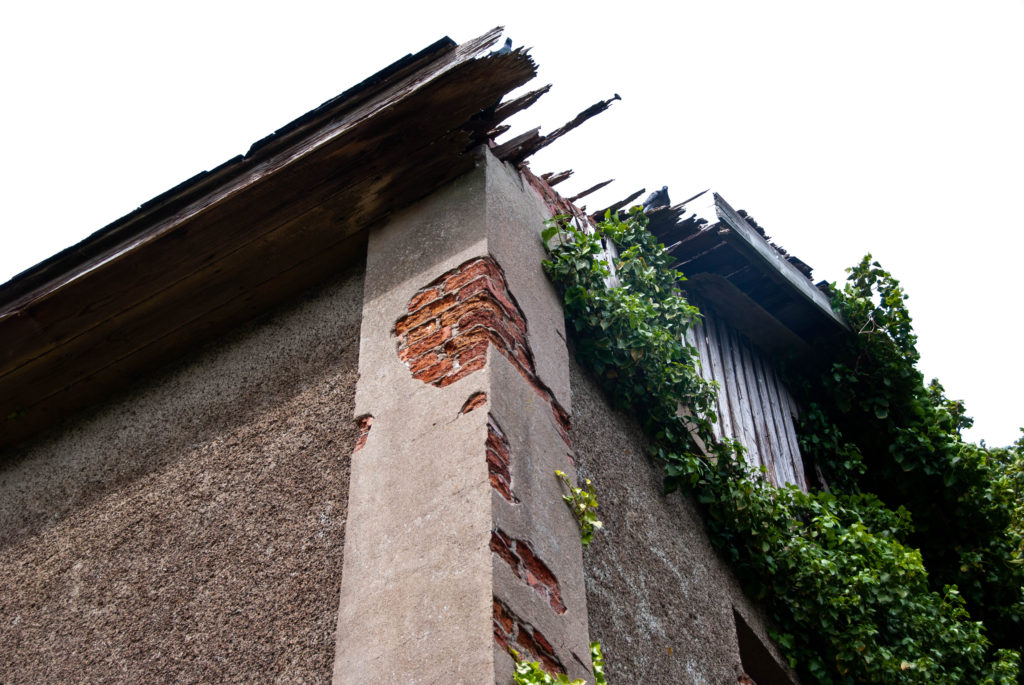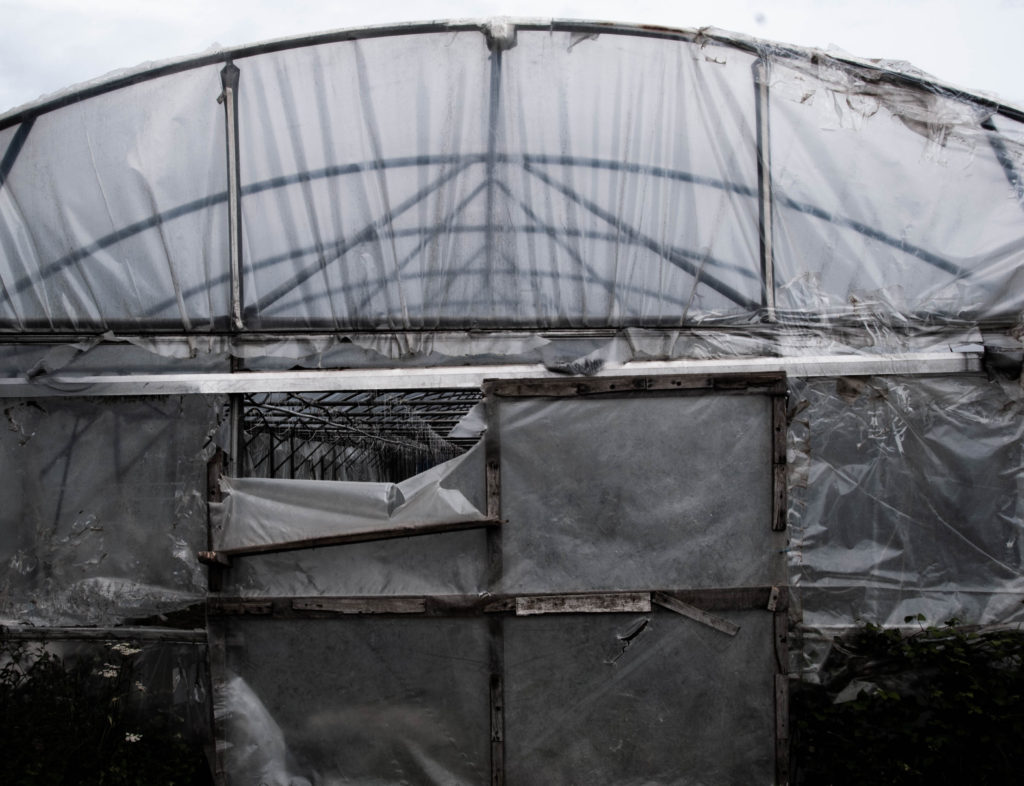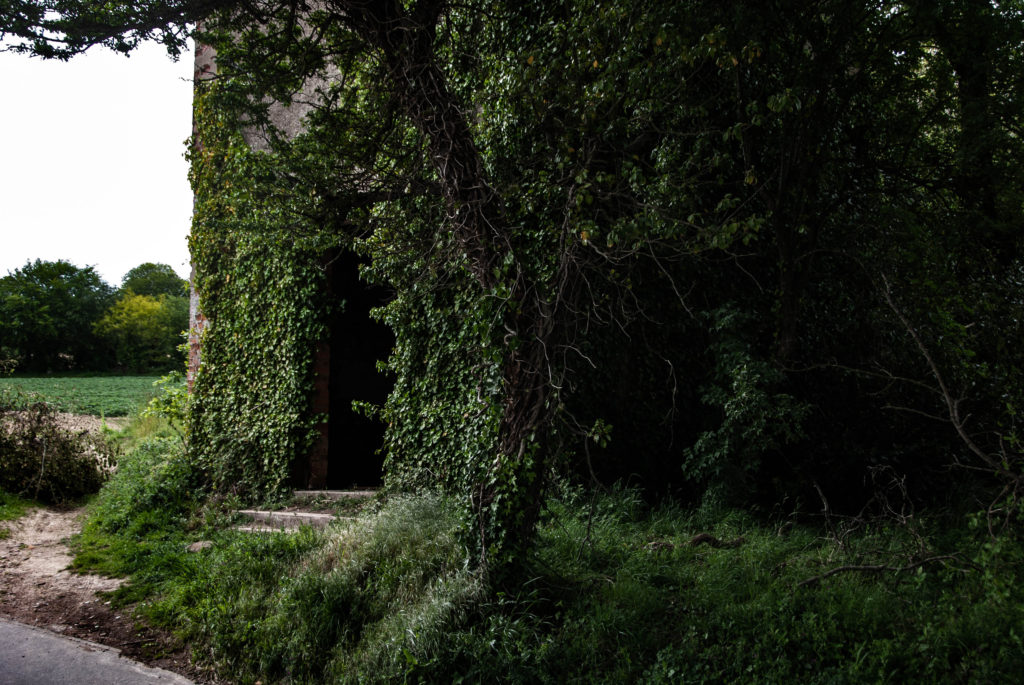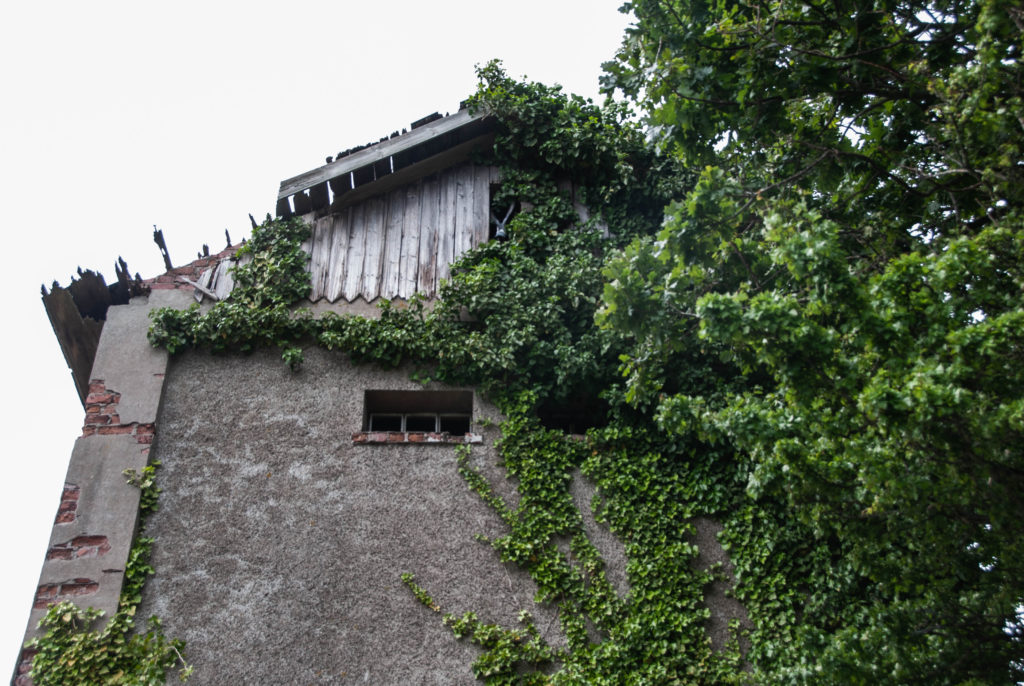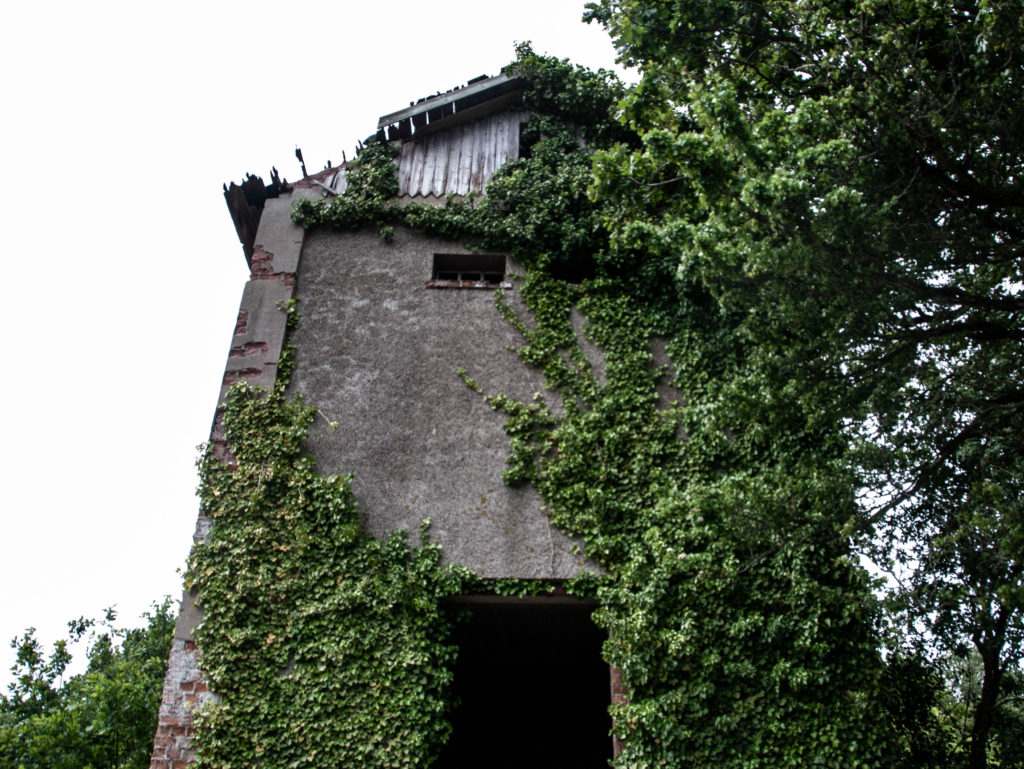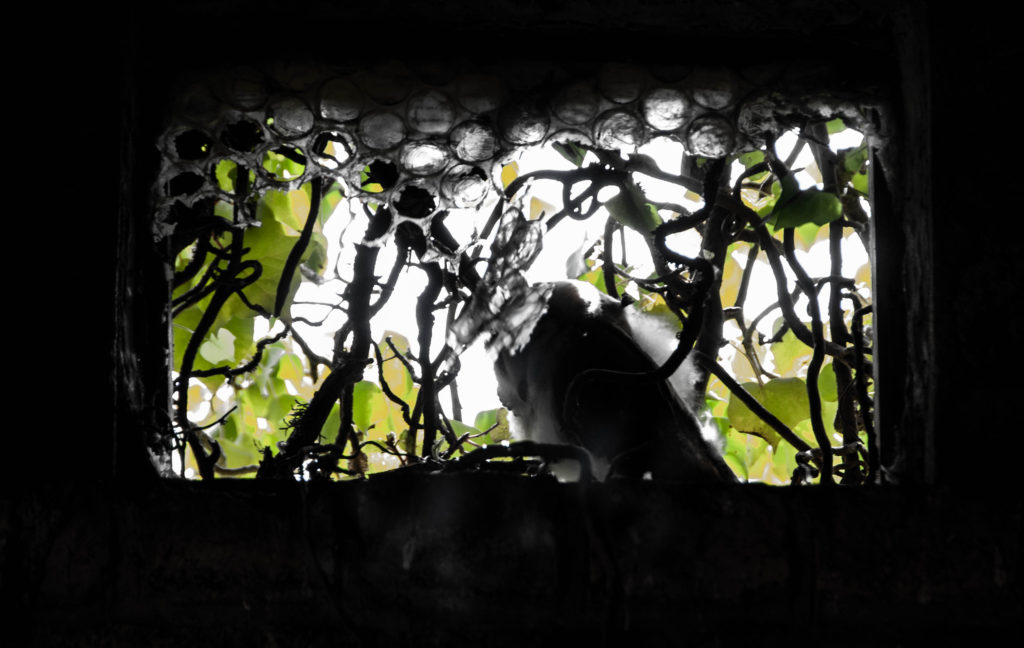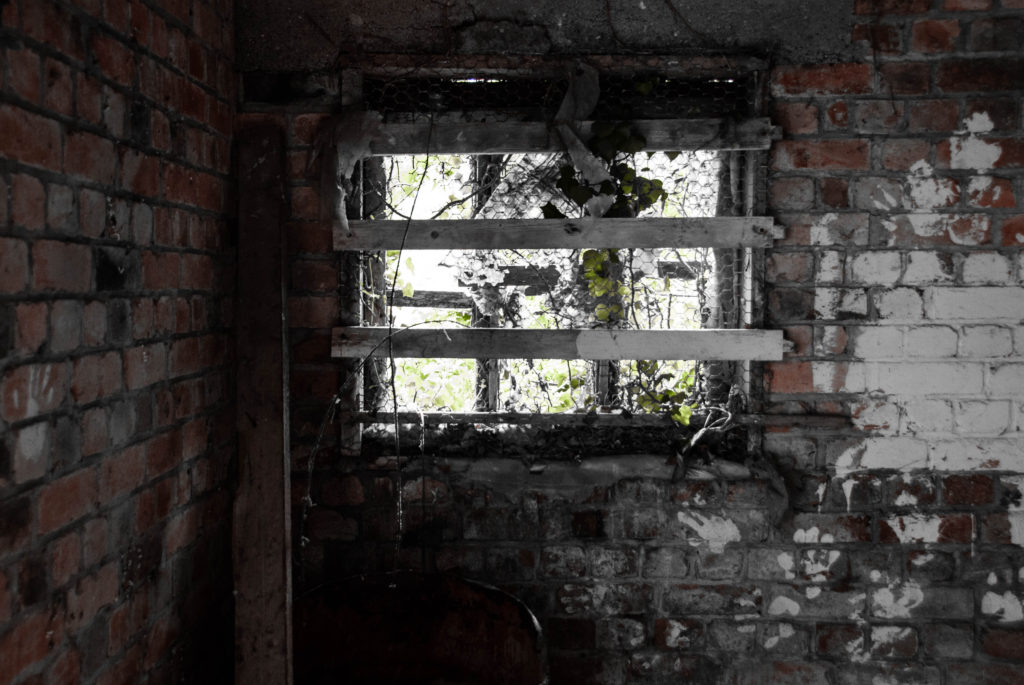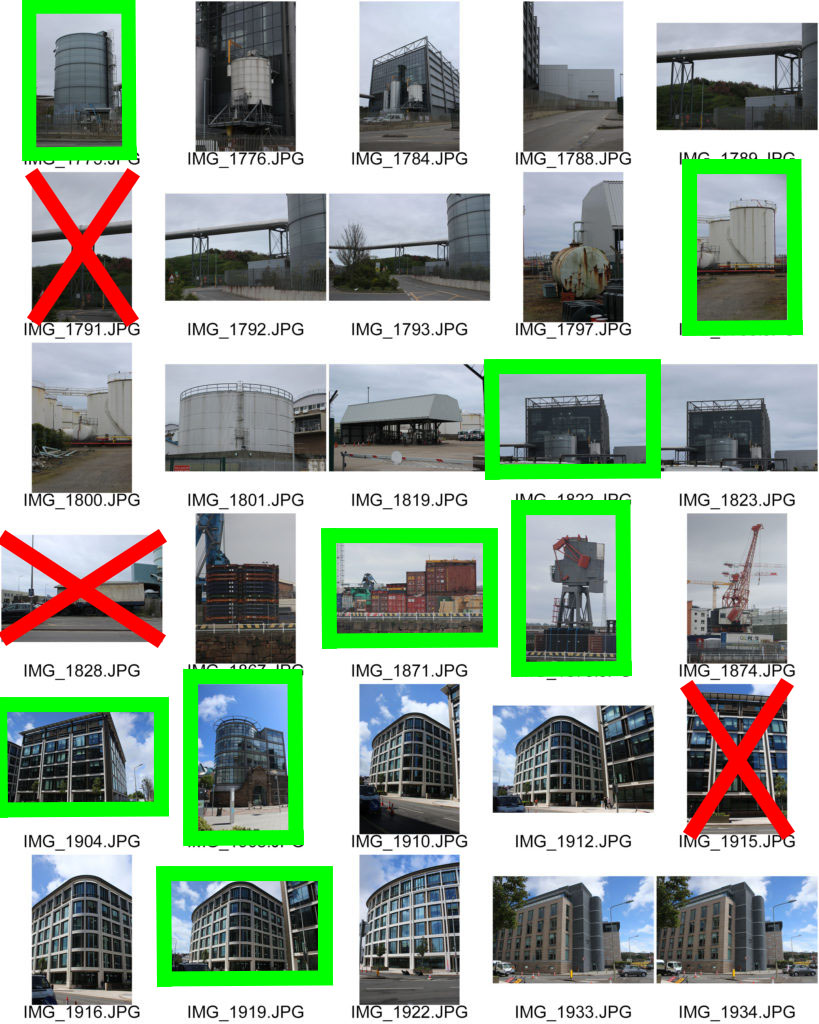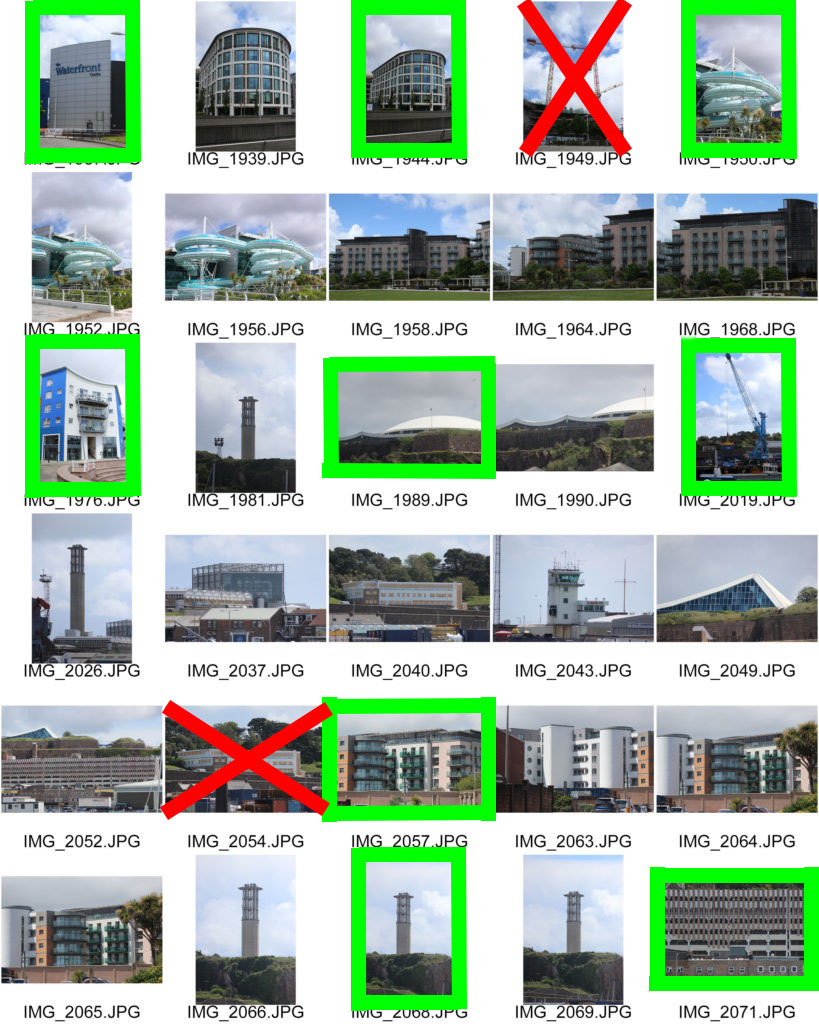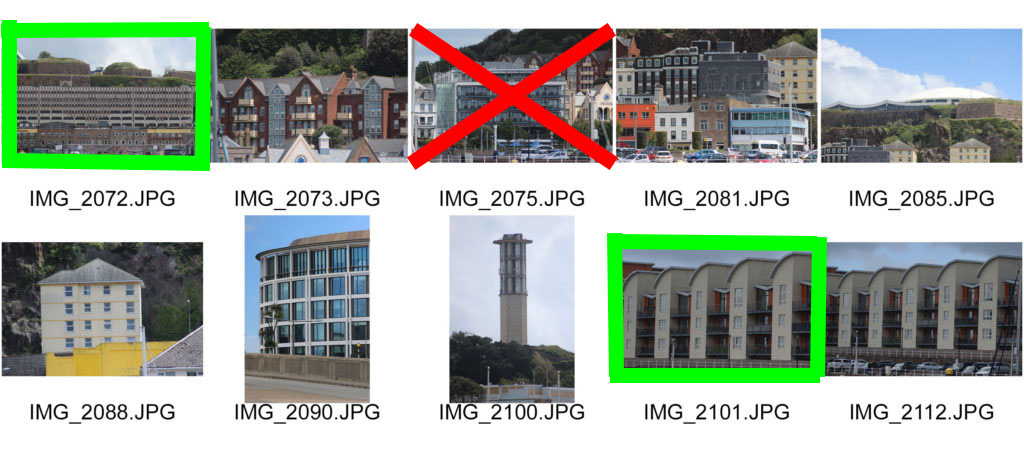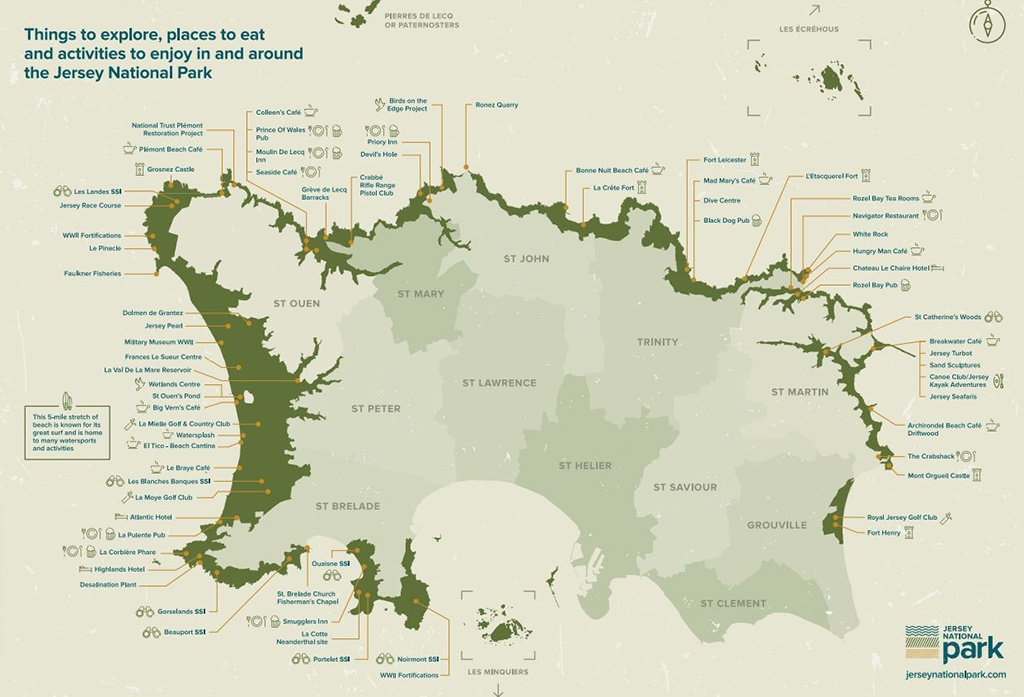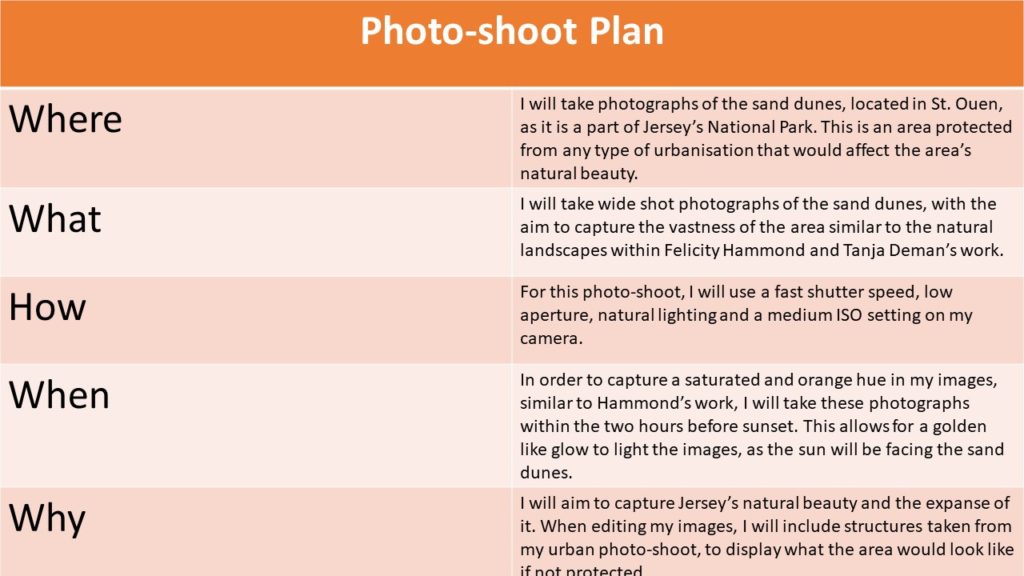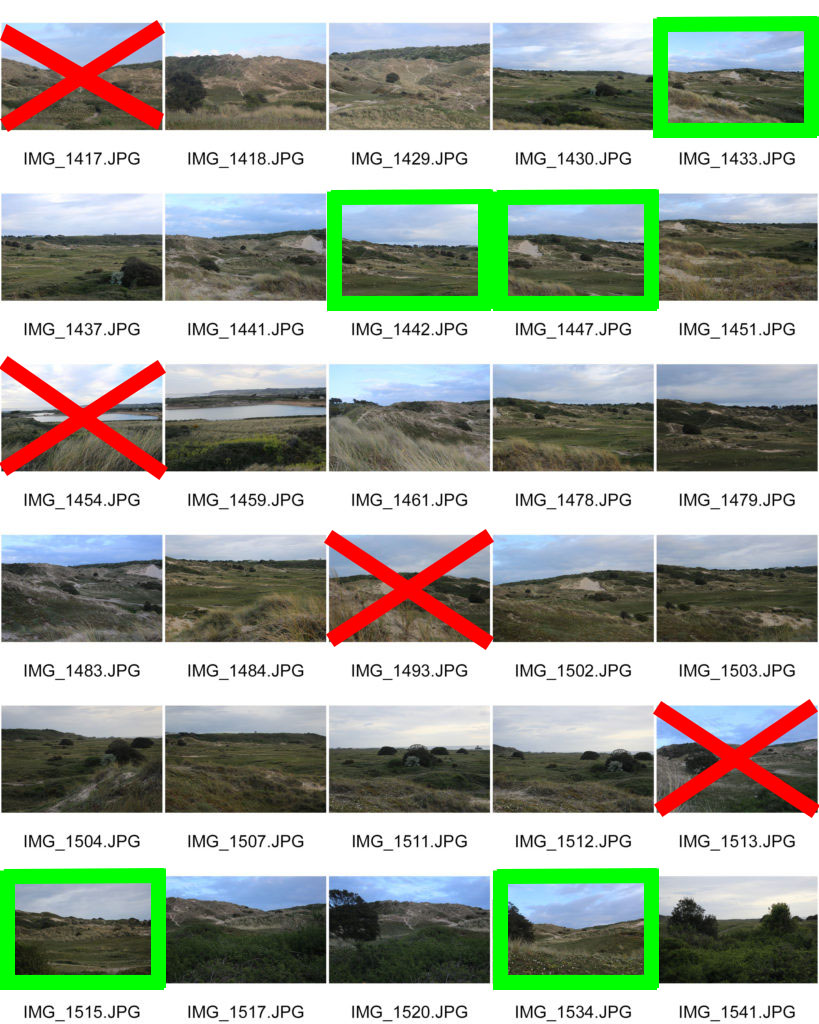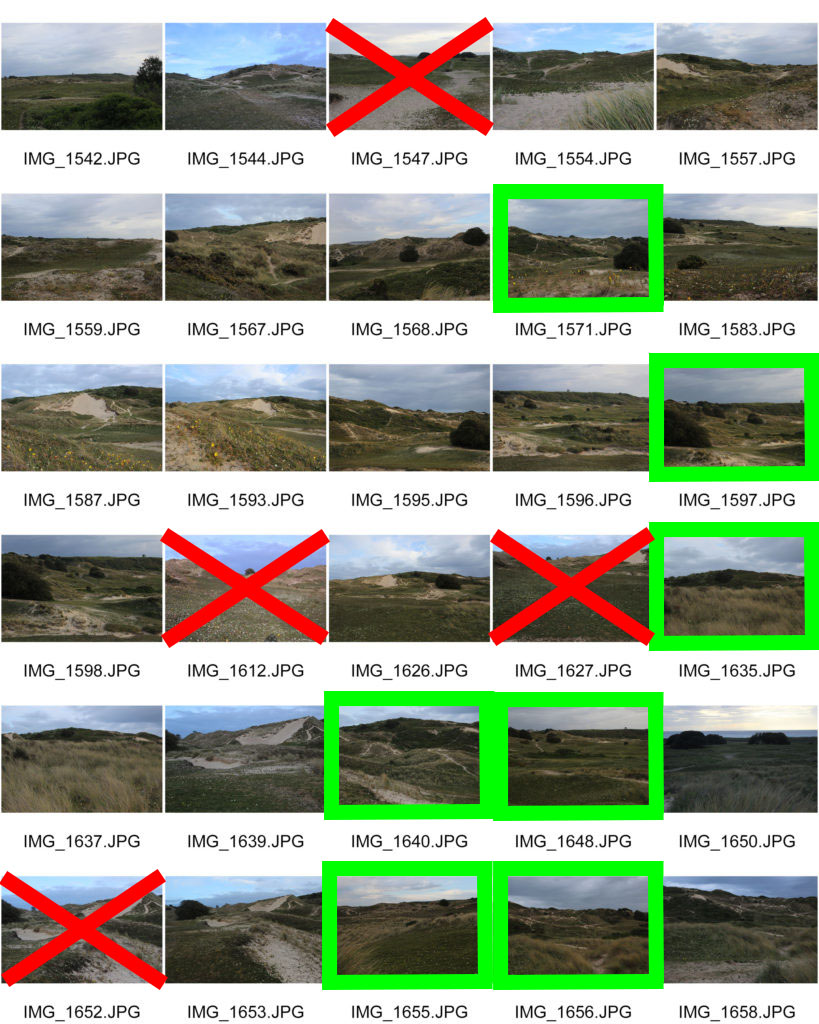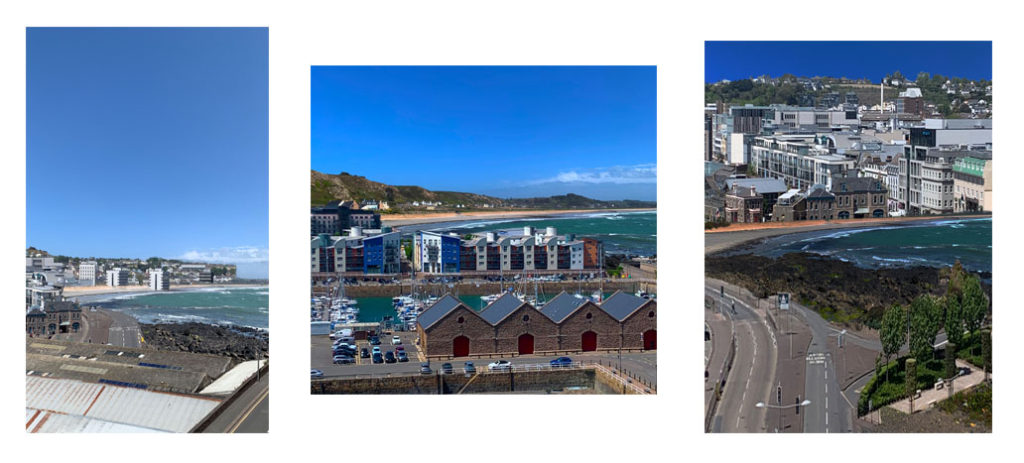
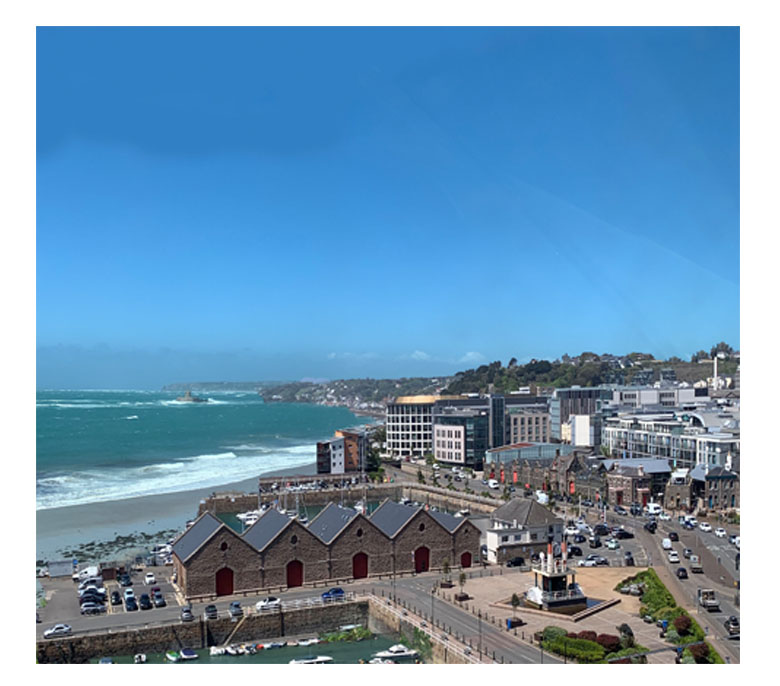
Comparing one of my final image to Jesse Treece (my chosen photographer)

Overall I think I have been inspired by my chosen photographer very well as she uses photo montage/layering which is what I had to do in order to produce my final image.
Technical-I took both of my images in the day light which consists of natural lighting on a sunny day in order to get a nice colour of the sea. However Jesse’s images are more cartoon like therefore you cant tell whether she actually took those images or copied from a different source, however both of our images are in the day as you can see the light blue sky reflecting on the water in her image, implying its day time. Jesse’s image is definitely more over saturated and brighter as the colours of the cars pop out and the white mountain contrasts sharply against the darker background. Compared to my image that hasn’t been saturated as much in order to keep it natural as I didn’t want to use mountains in my pictures as Jersey doesn’t have them. Both of our images create quite a cold tone/temperature to having more blues and darker colours in the image than more oranges and reds, this creates a more sad atmosphere. Both of our images have been taken from a more wider and further away angle. By doing this we both captured more of the image and there’s a lot more to look at and analyse than a close up photo, as both photos are landscape in my opinion they look best when taken the furthest away.
Visual- Both of our images are in colour which makes the image brighter and easier to analyse as sometimes black and white photos can hide details due to the colours all blending together. I cropped my image down to not get as much sky in it as I wanted the main focus of the image to be the urban section and where I manipulated the image the most. Whereas Jesse’s image probably hasn’t been cropped down as it has the mountain as its highest view then the reflective middle section and the cars at the bottom, broken down into 3 sections, this can make the image appear more longer whereas mine has more of a square shape. We both use aspects of natural and urban environment. Such as , I used the sea/coast for my natural and Jesse used a river or water bank and the mountains. I then used buildings and a section of our town in Jersey whereas Jesse used cars and a big museum like building in her image that’s being reflected on the water.
Conceptual- We both wanted to contrast two images together to juxtapose opposite ideas, such as I wanted to show how our natural environment will eventually get built on top of or turned into a city if we don’t do anything to protect our land, showing what we humans do to our planet linking it to the theme of anthropocene. Whereas Jesse’s image shows a natural environment ( the mountains) and reflects a building onto the river showing what it can and most likely will get turned into.

